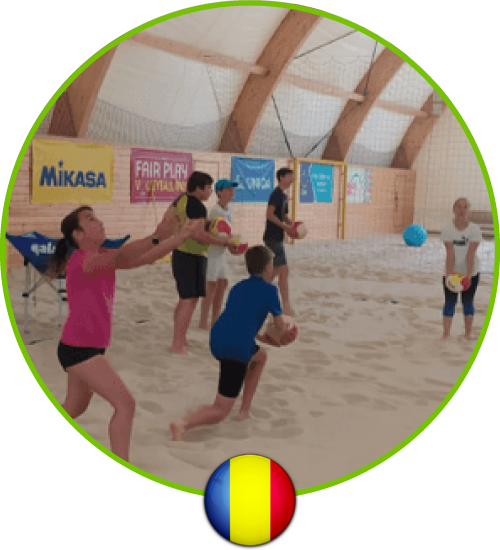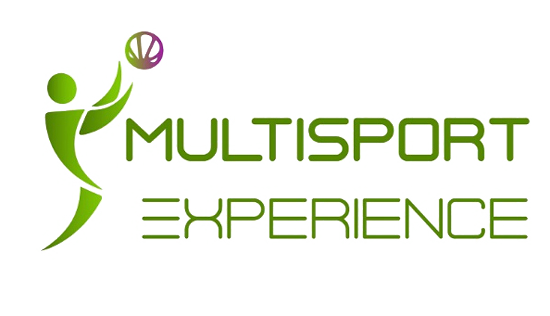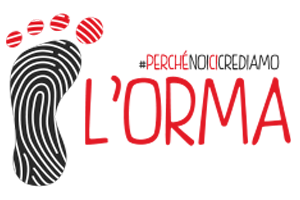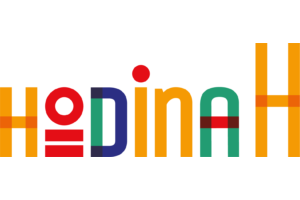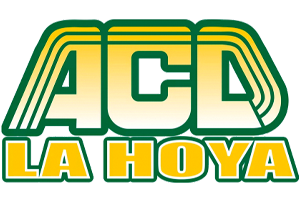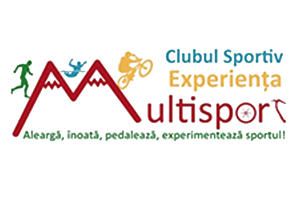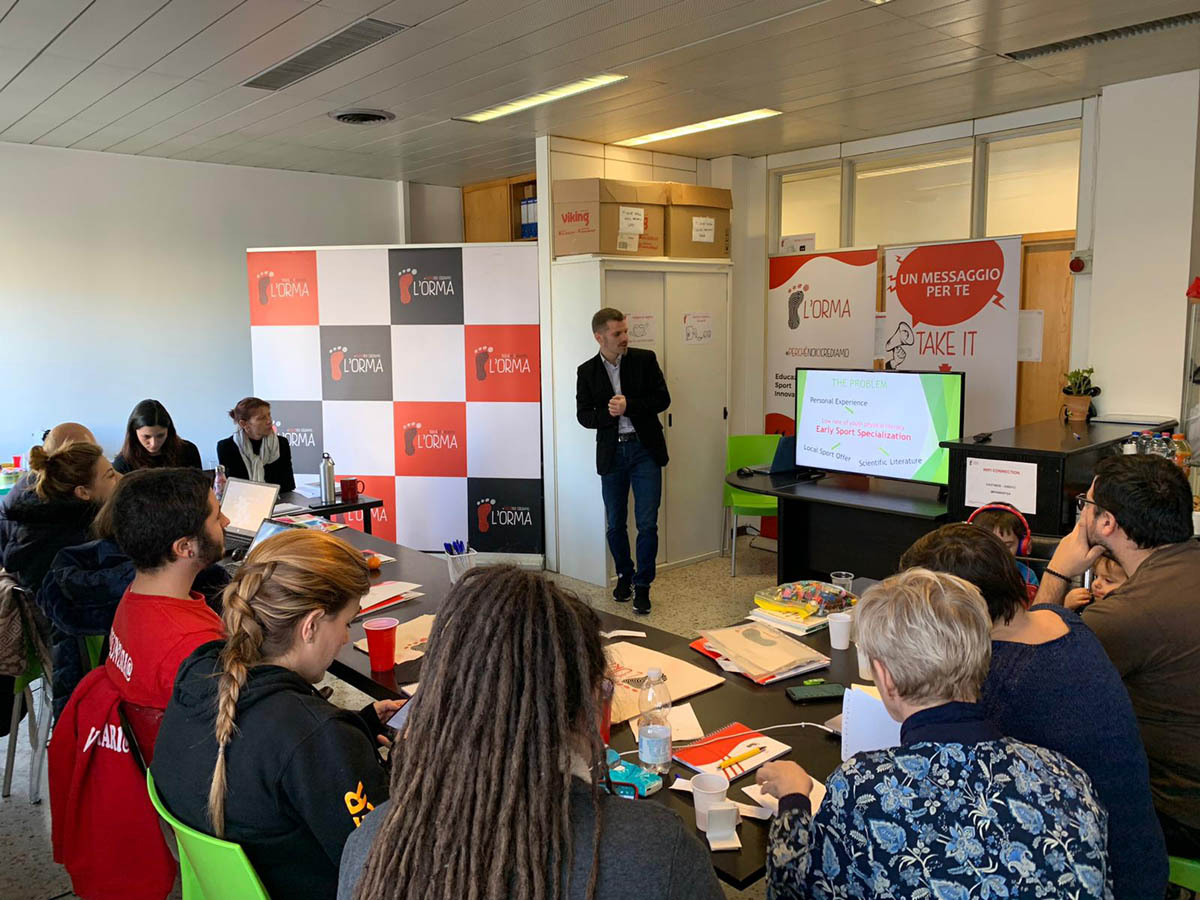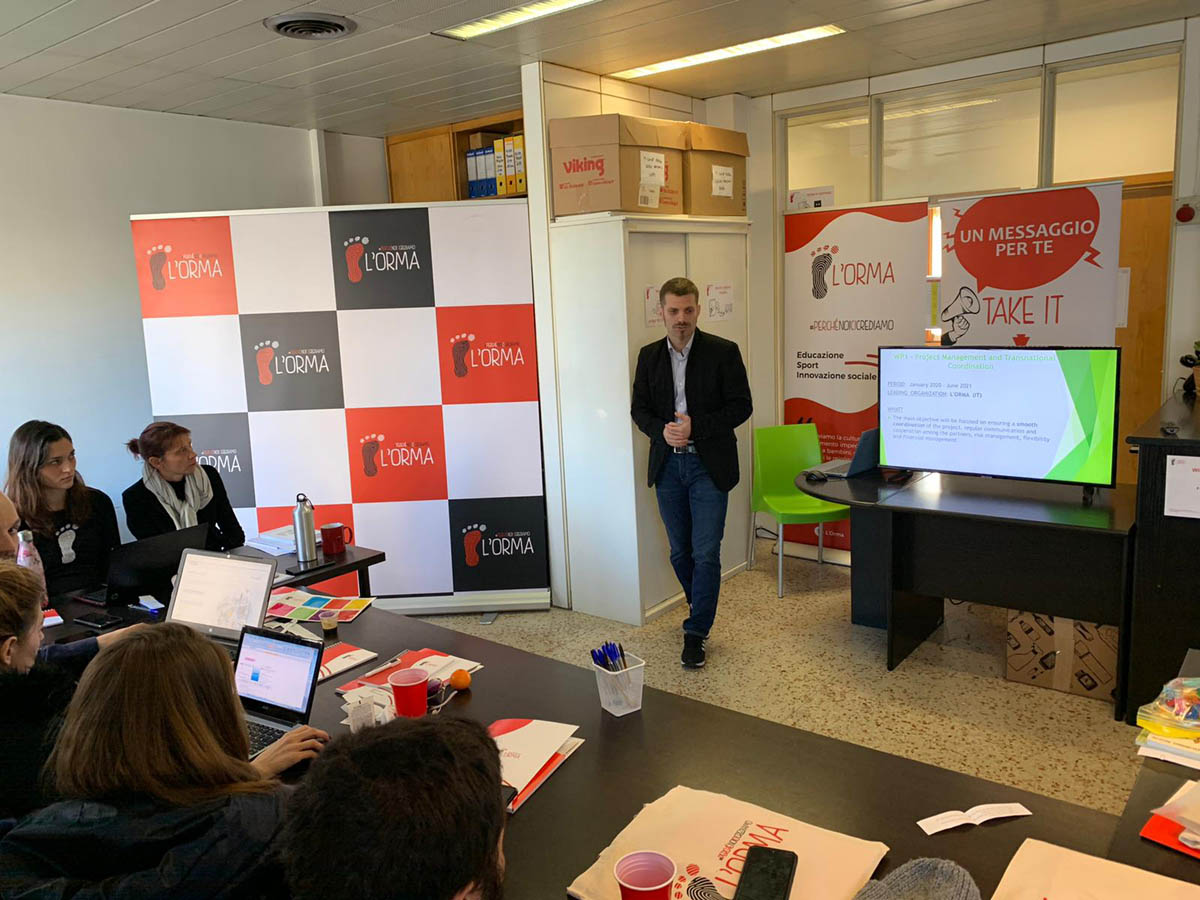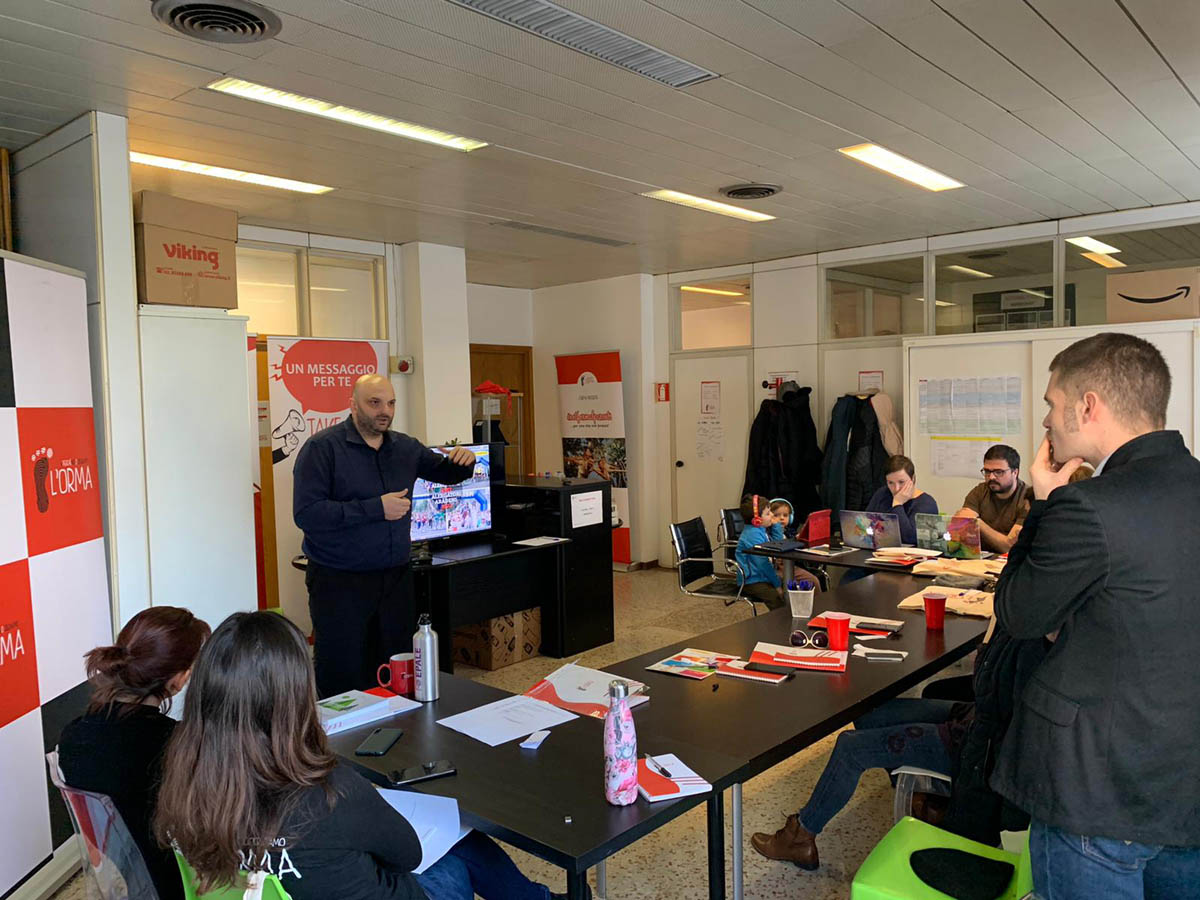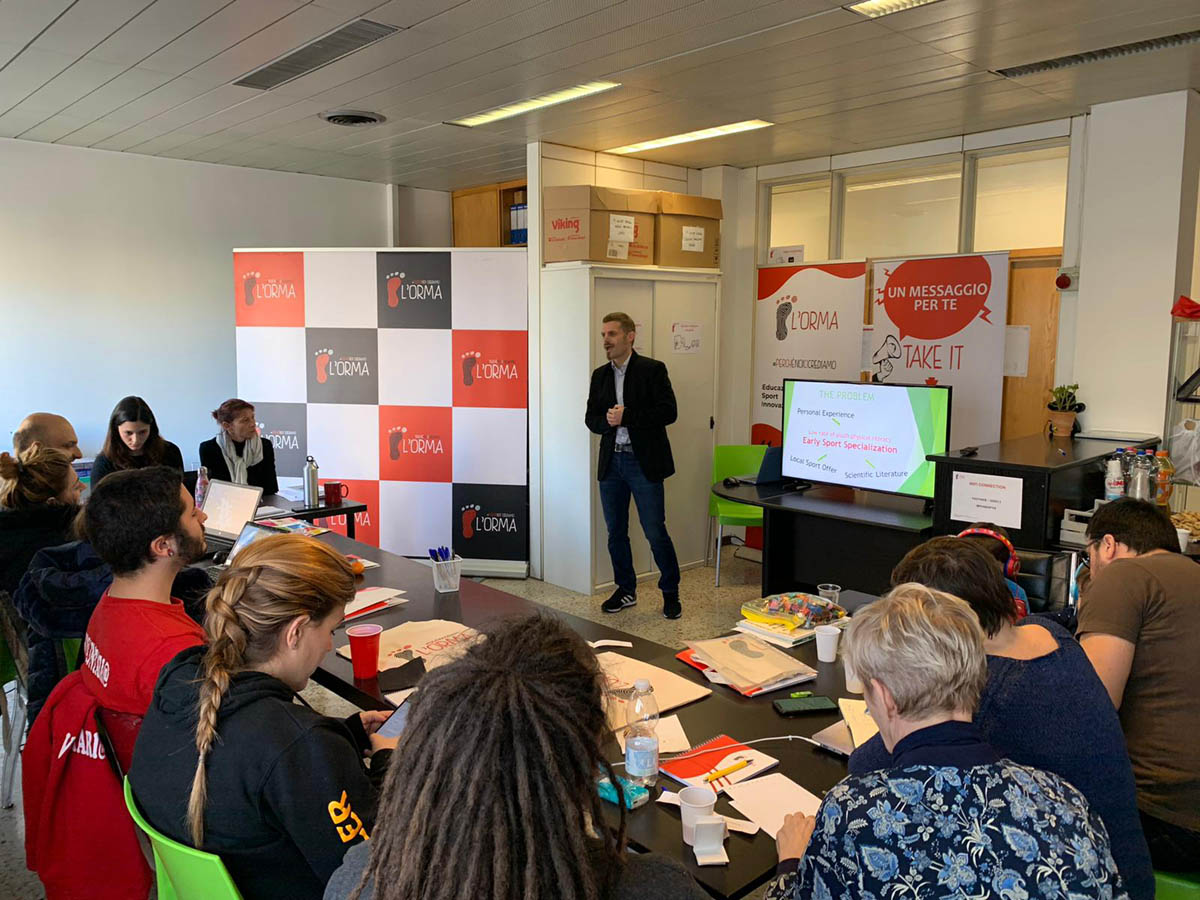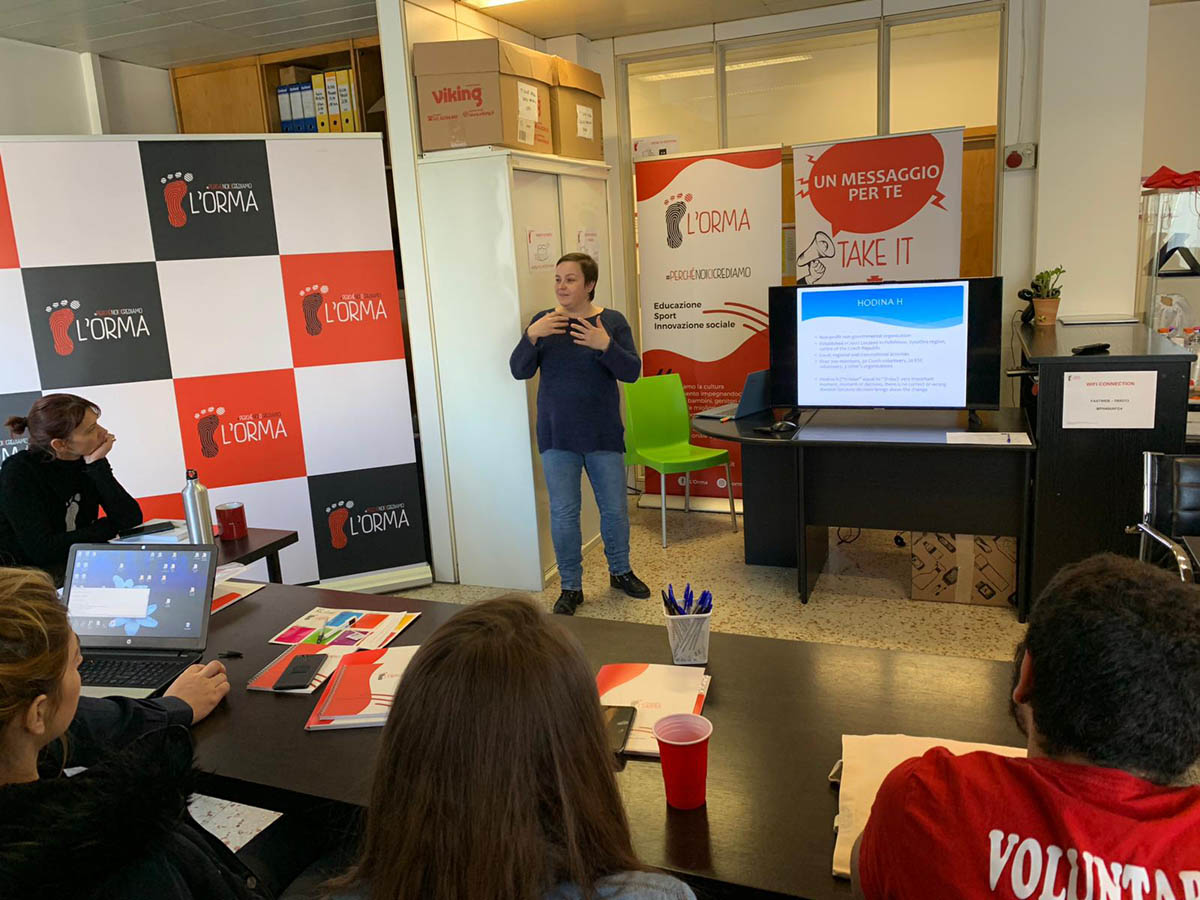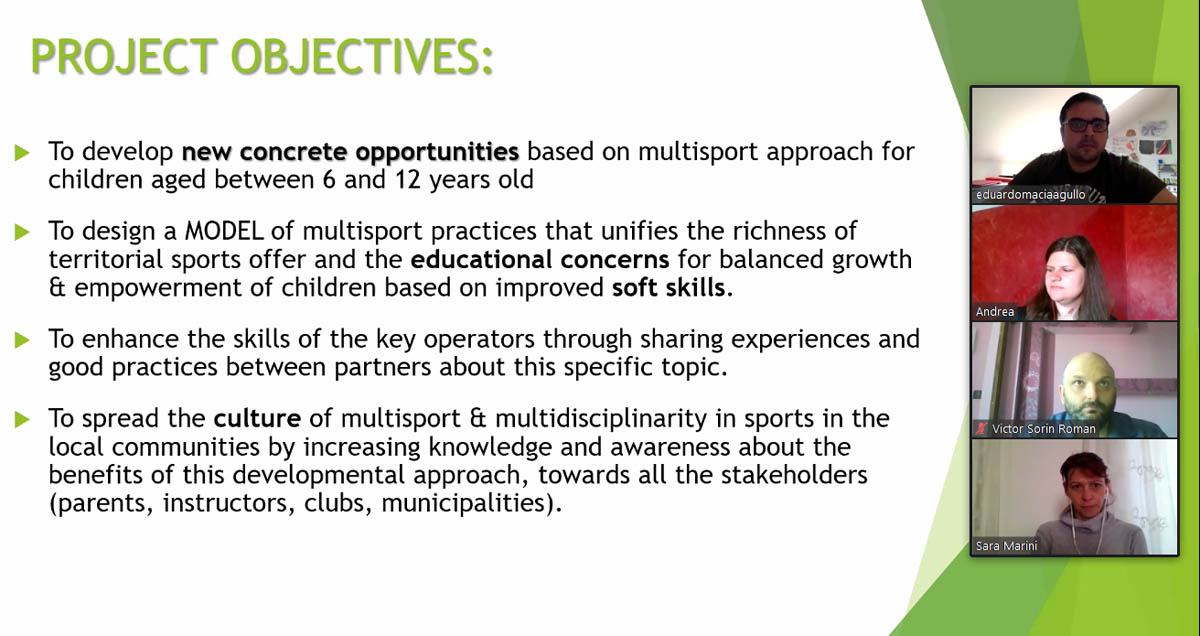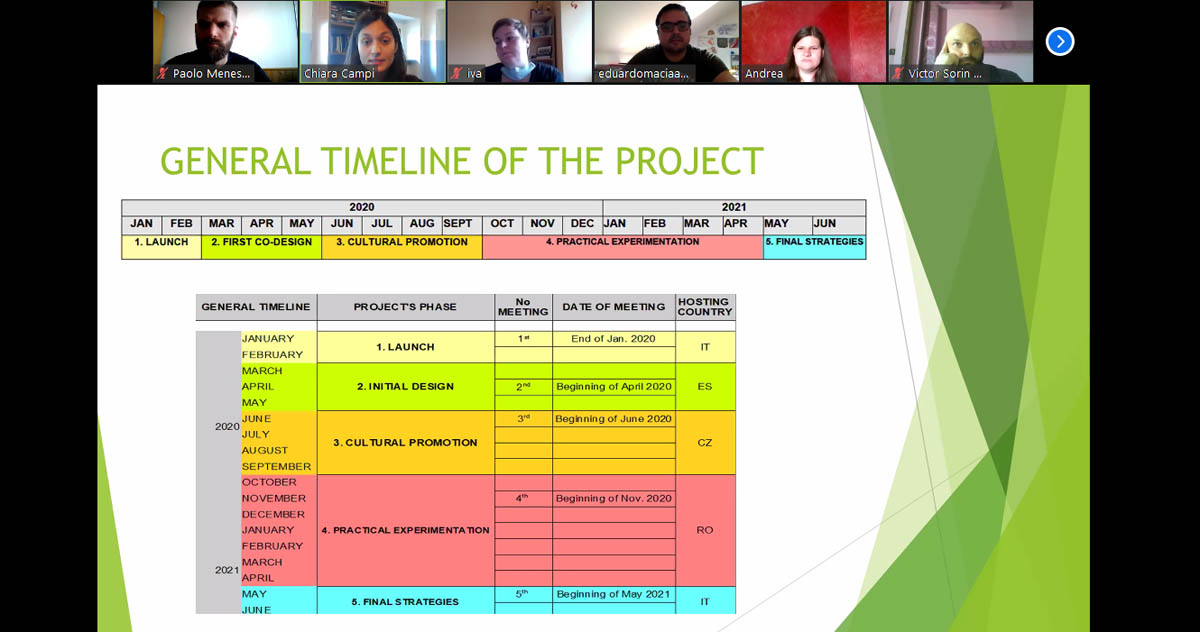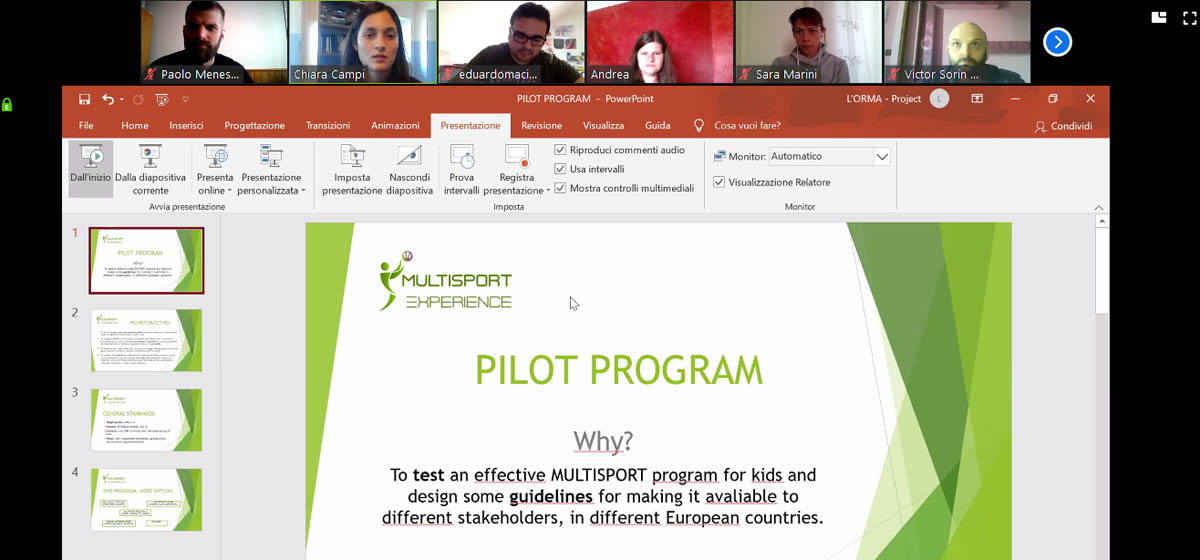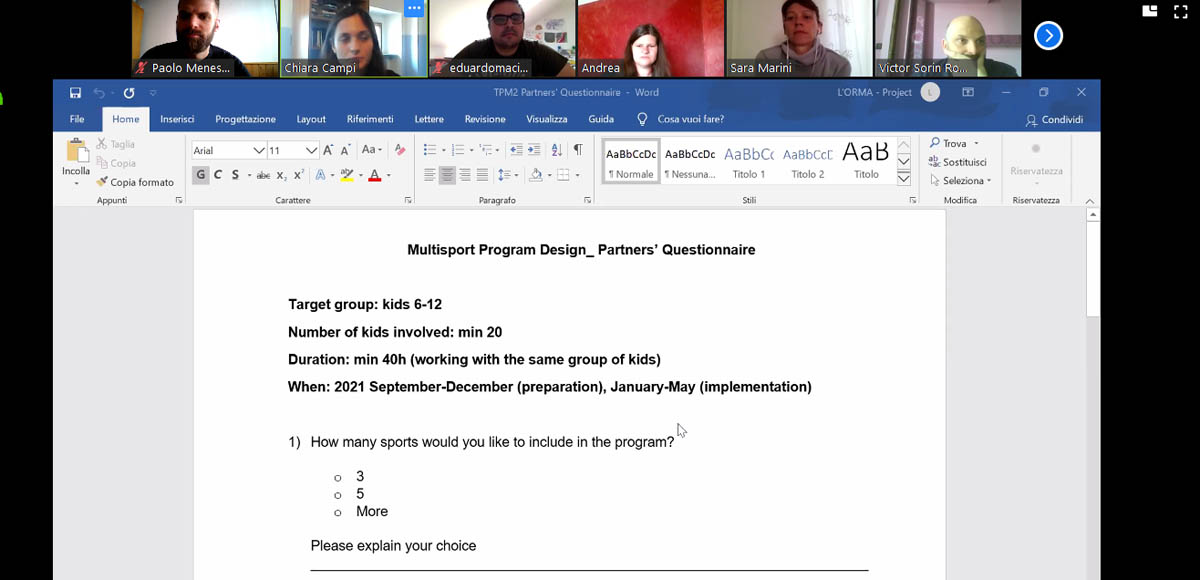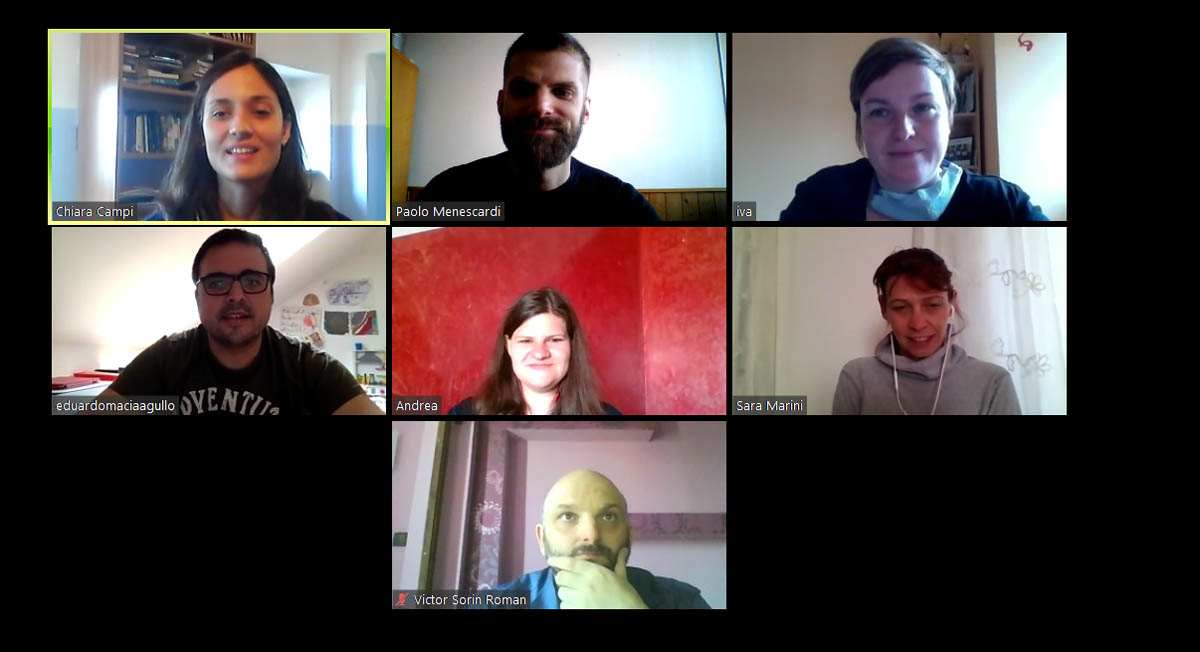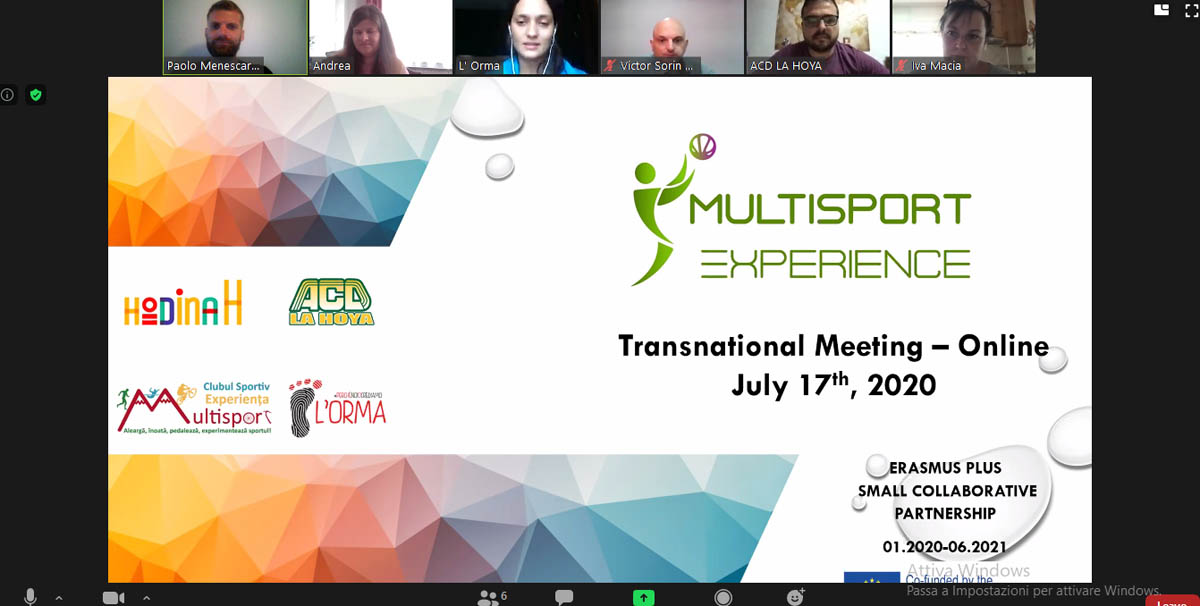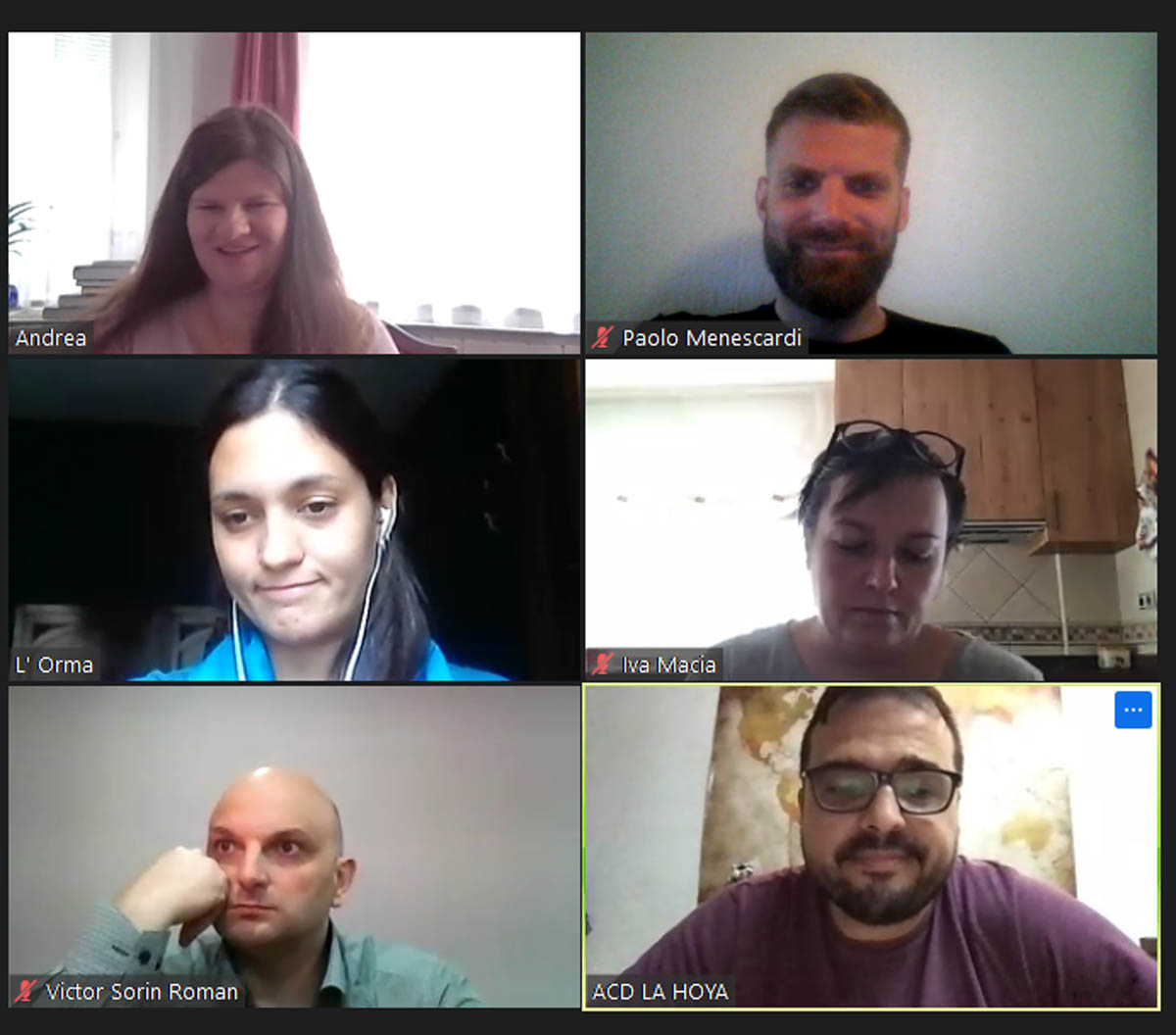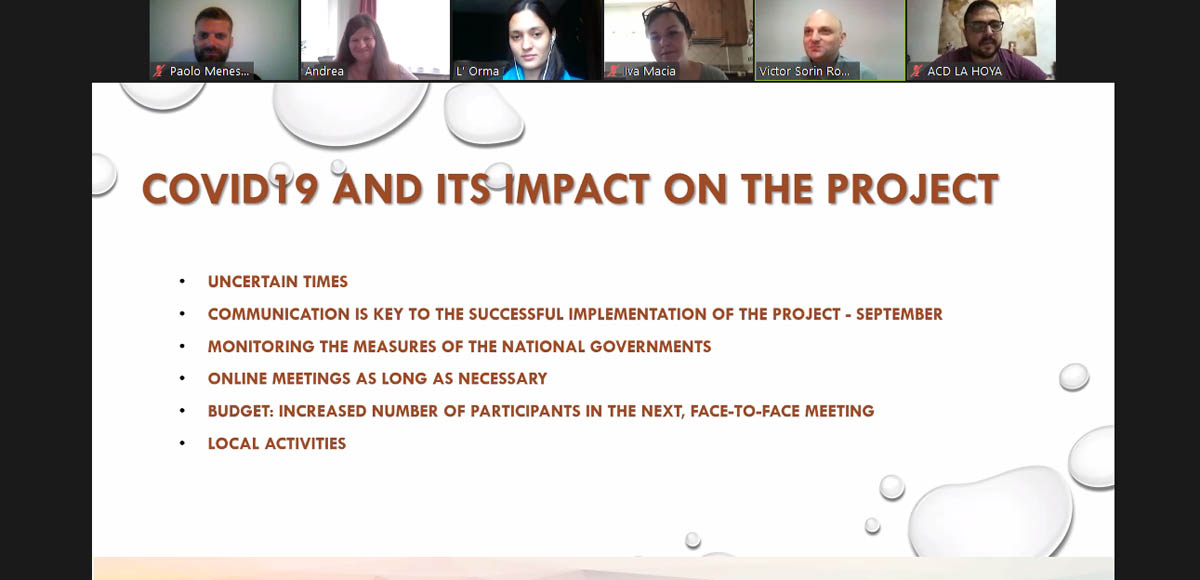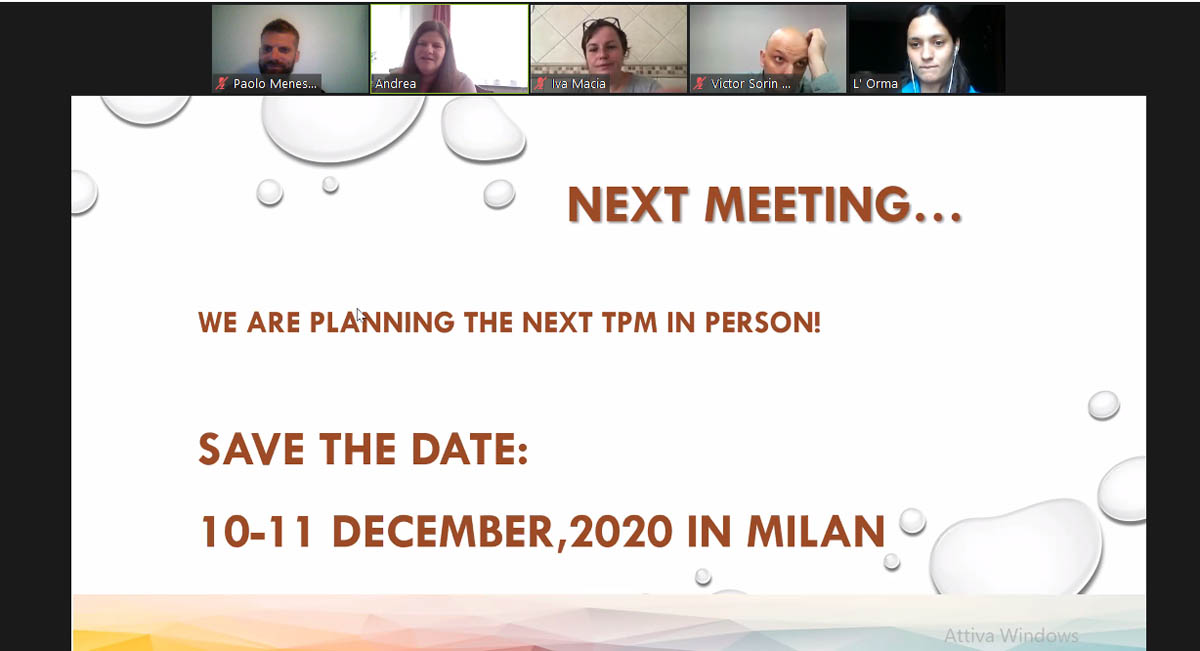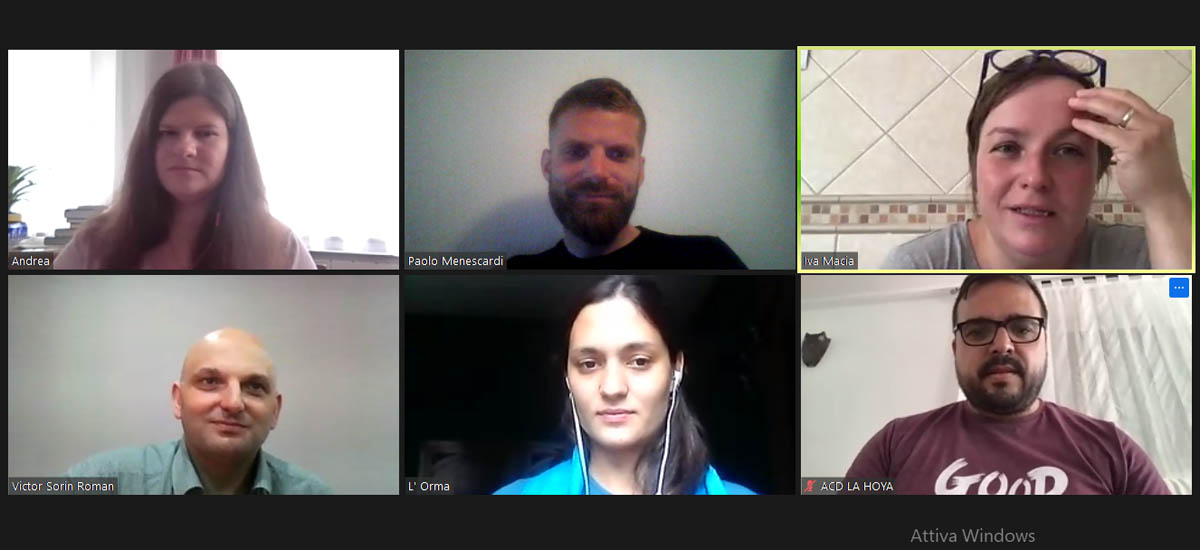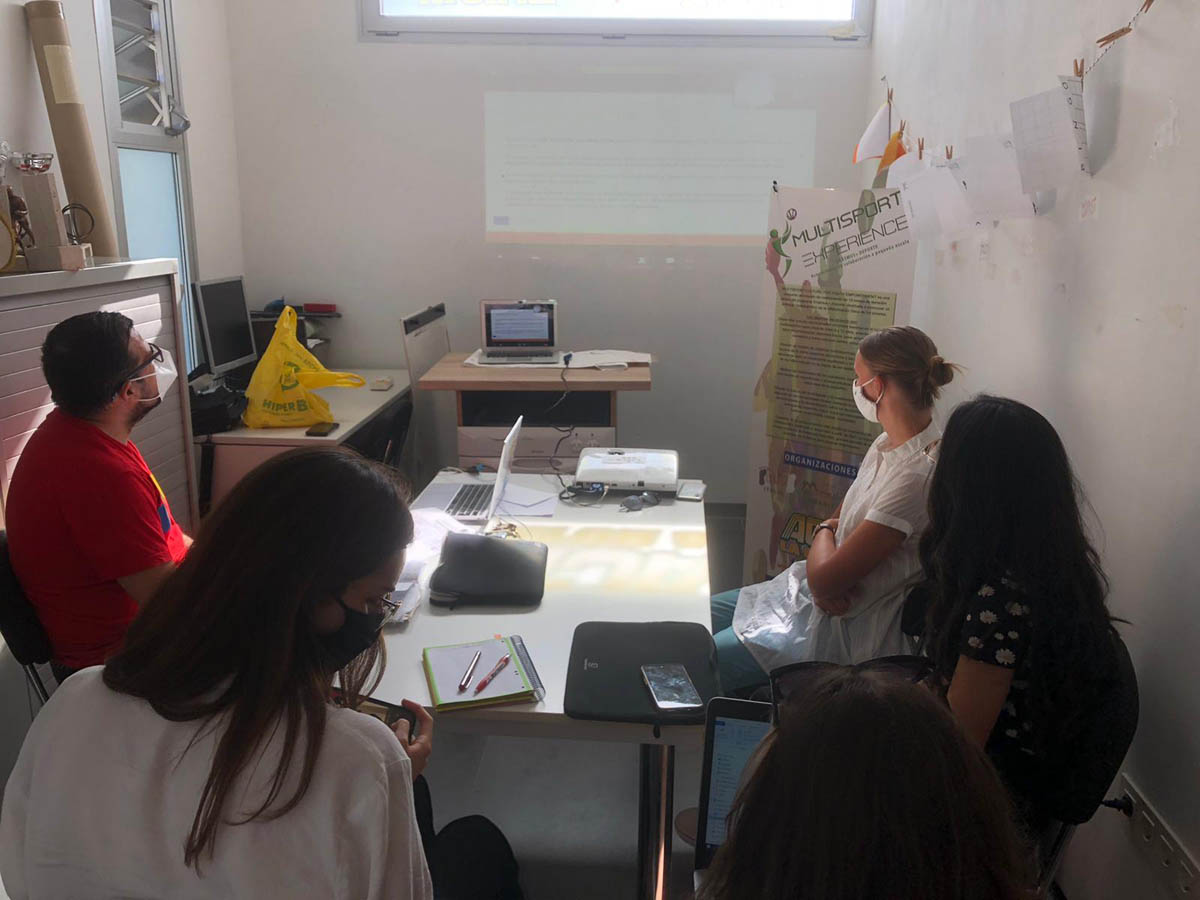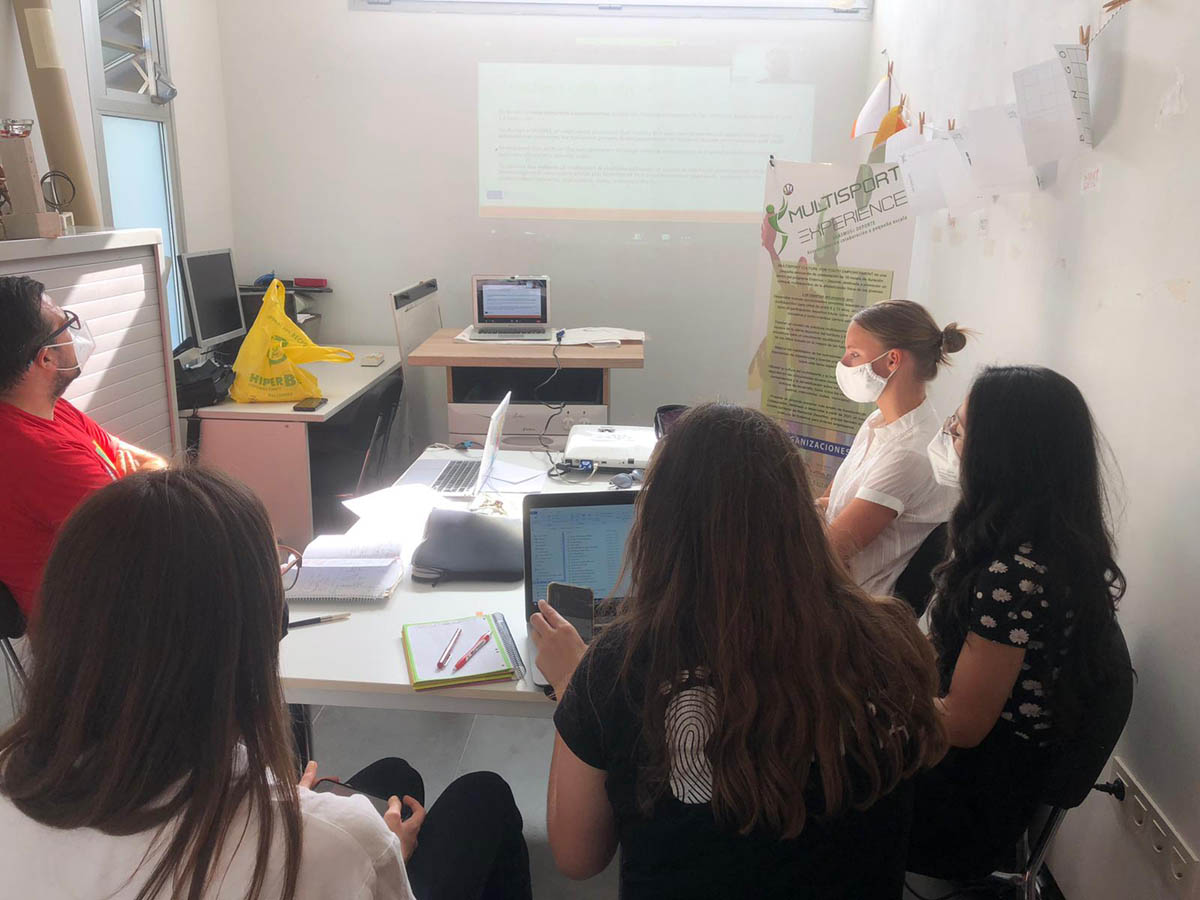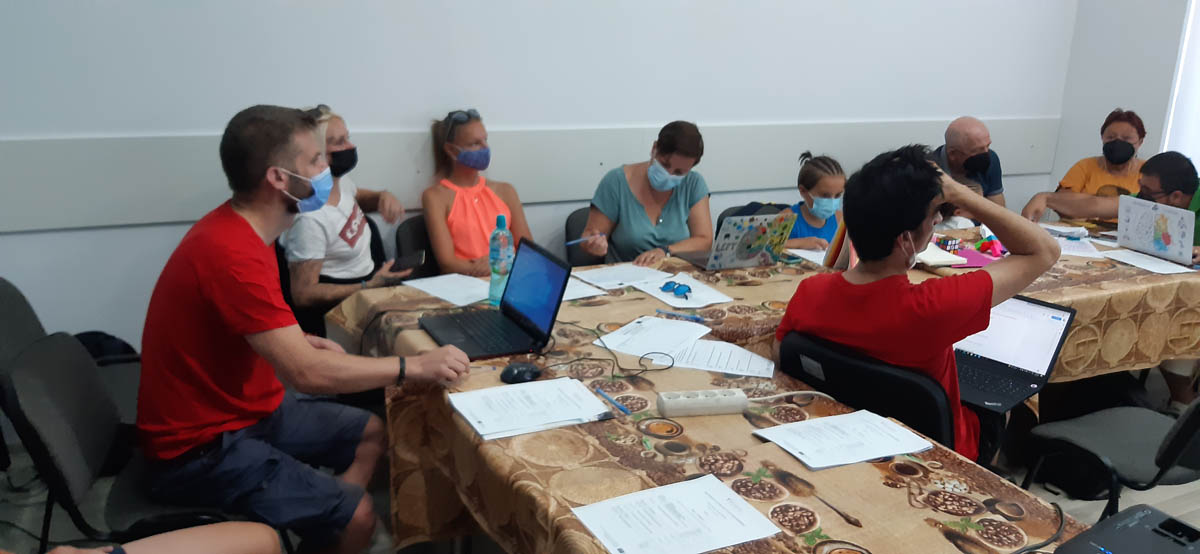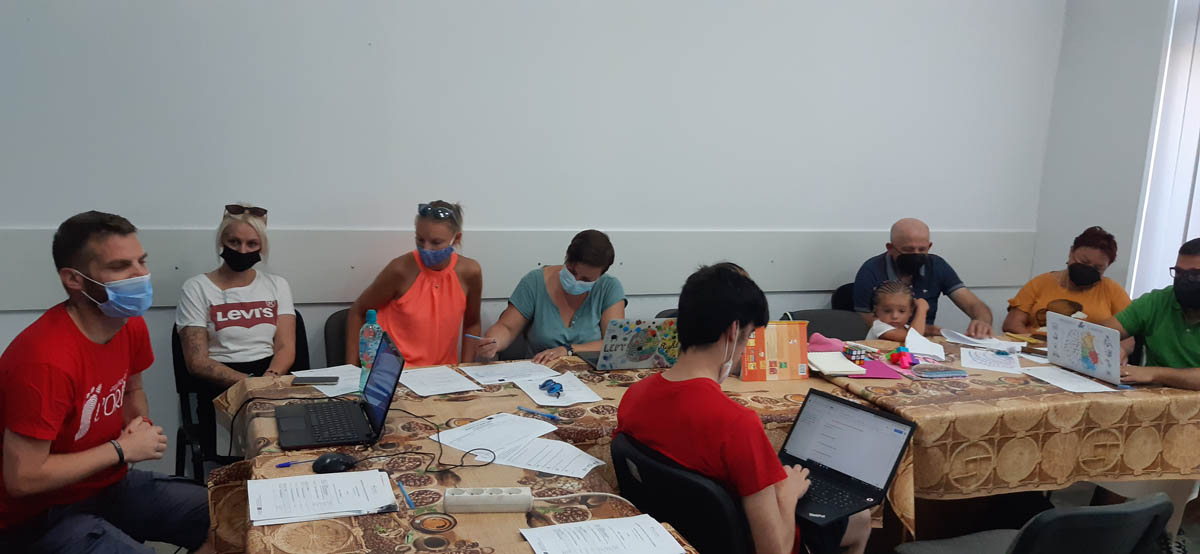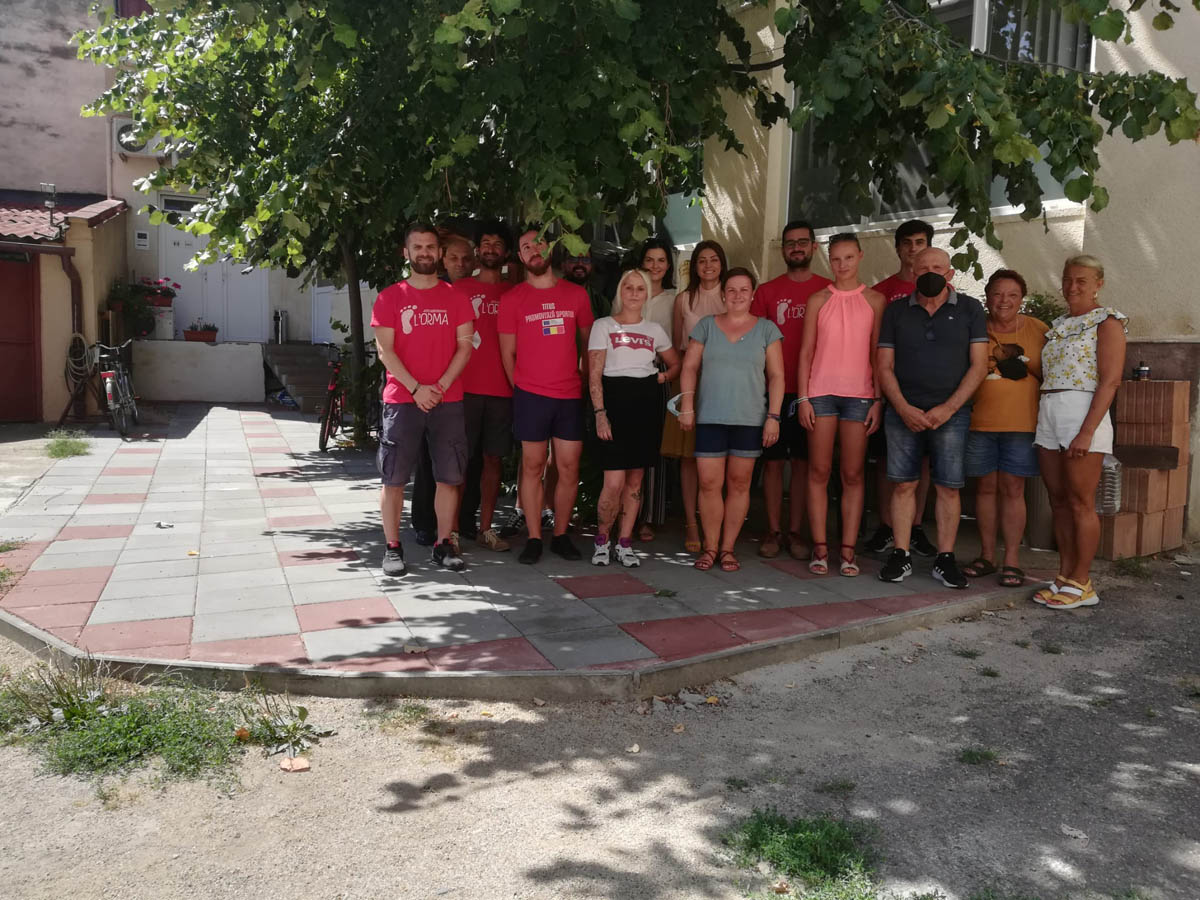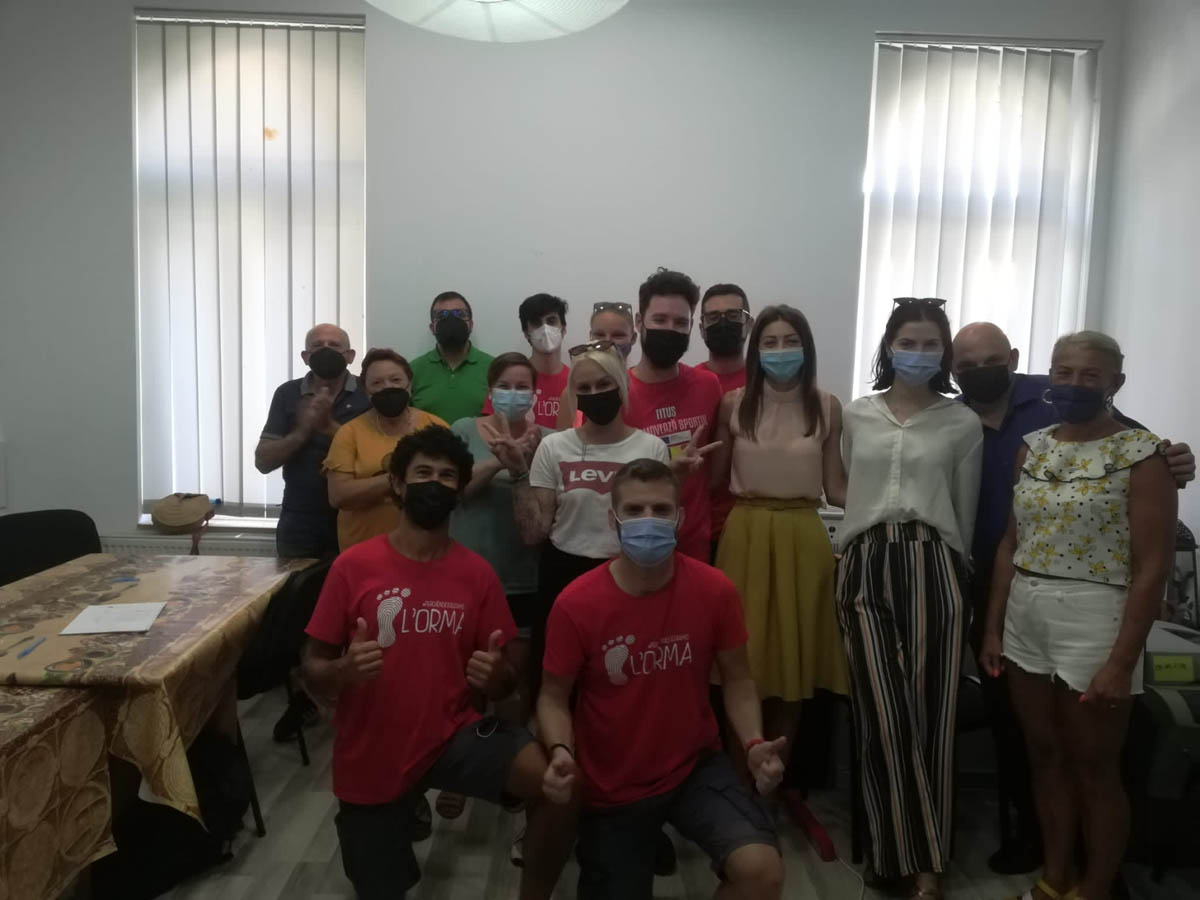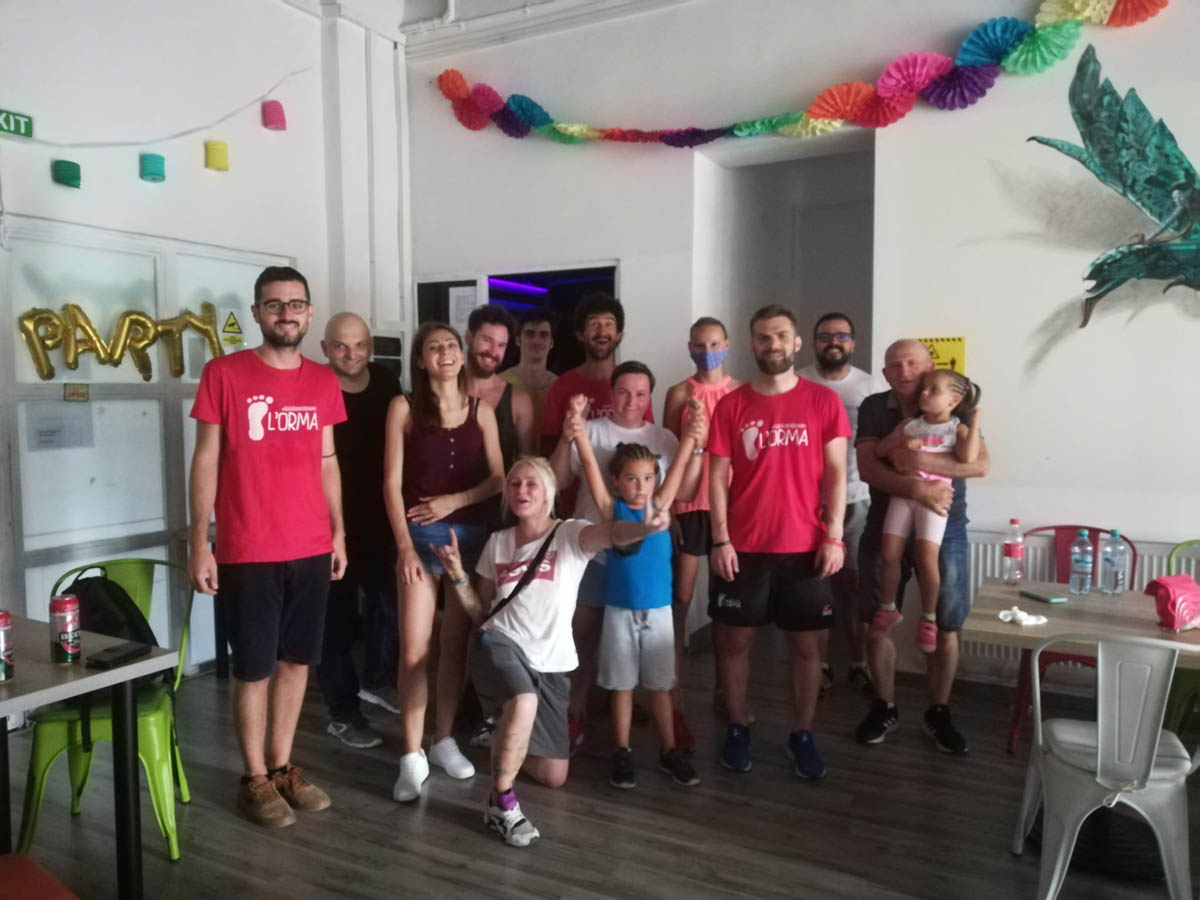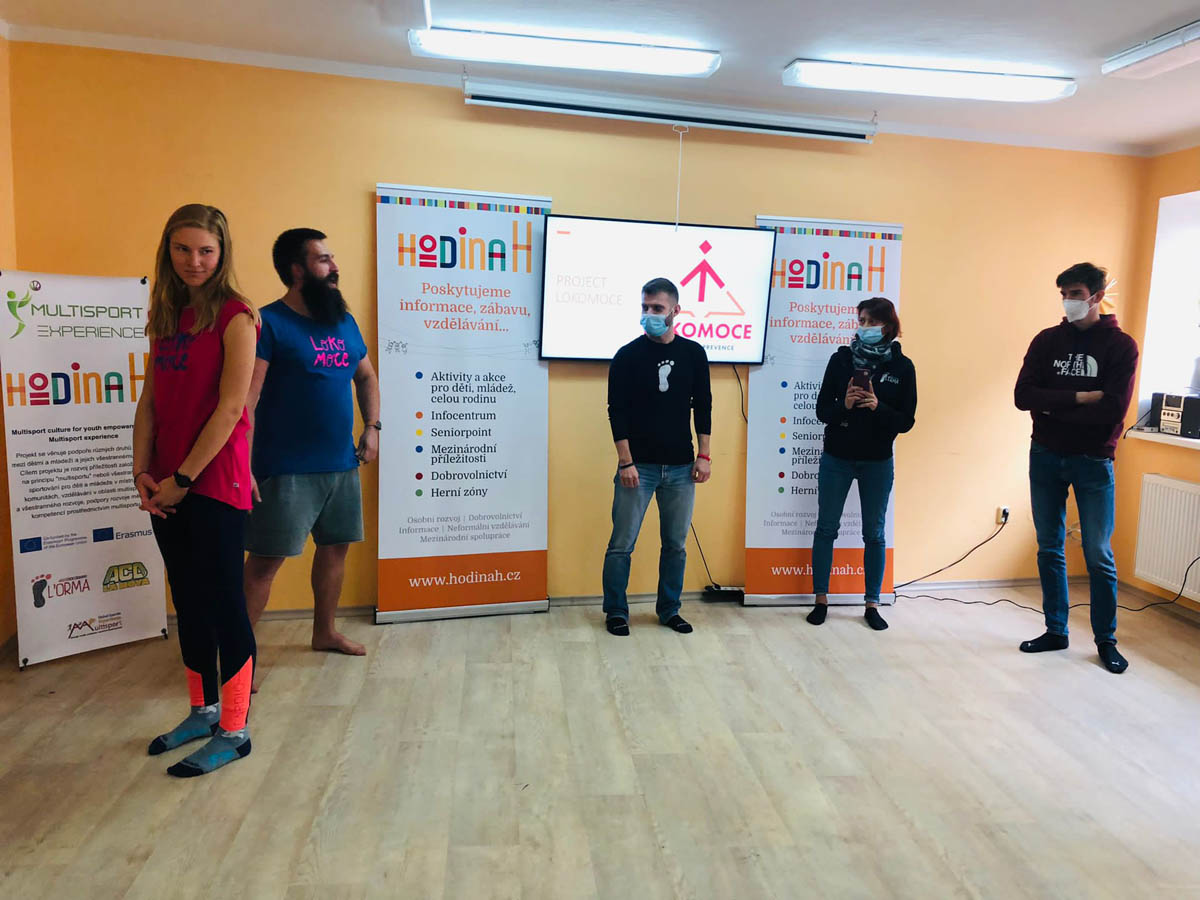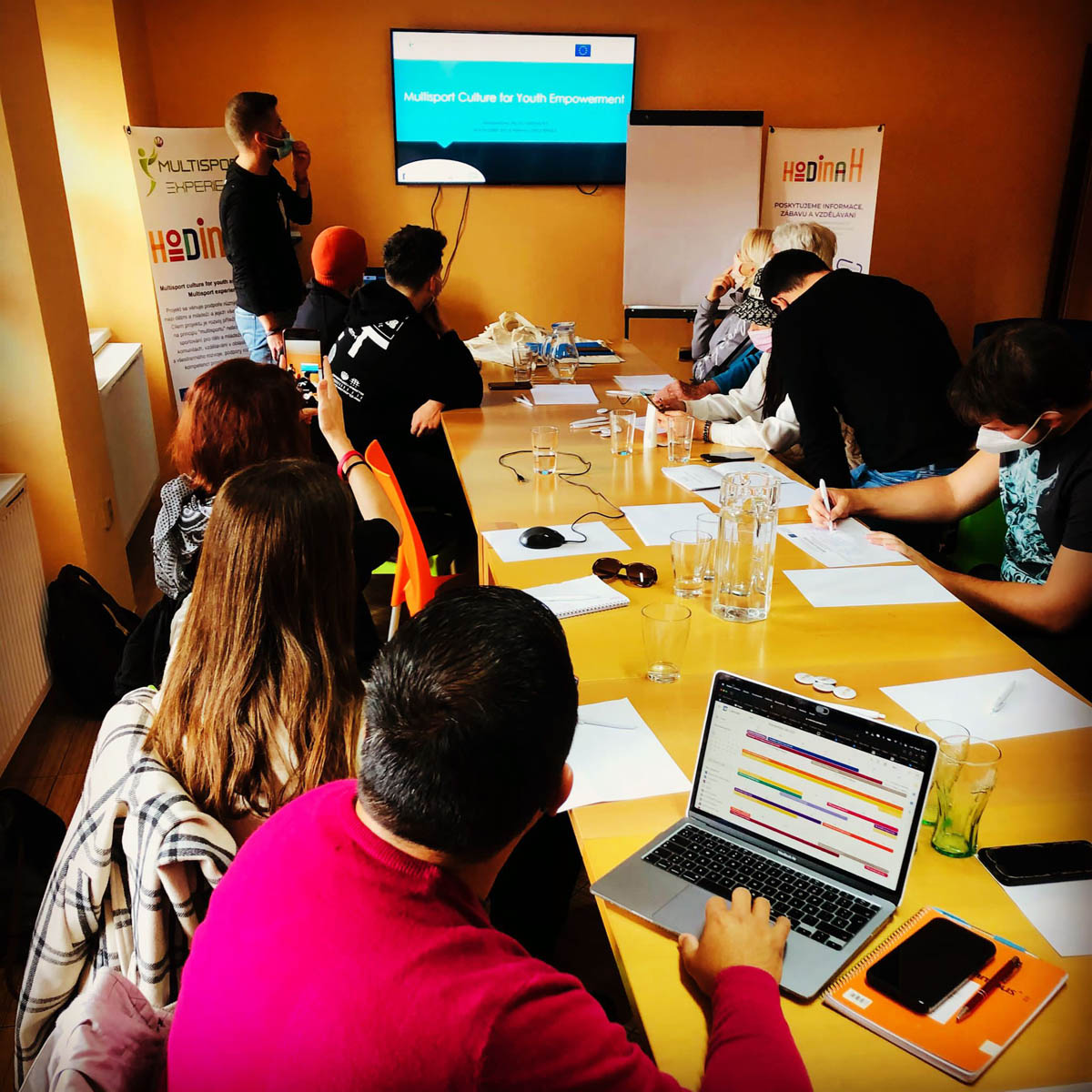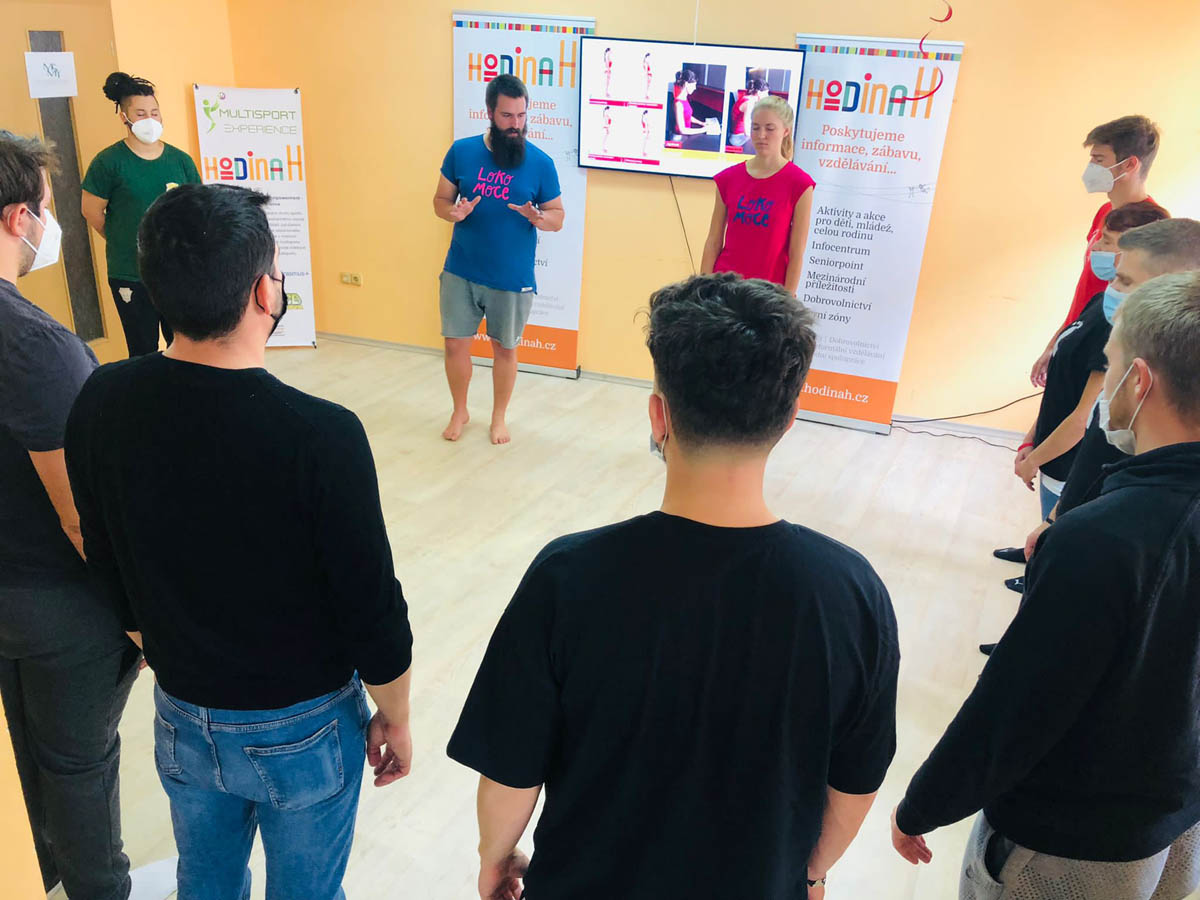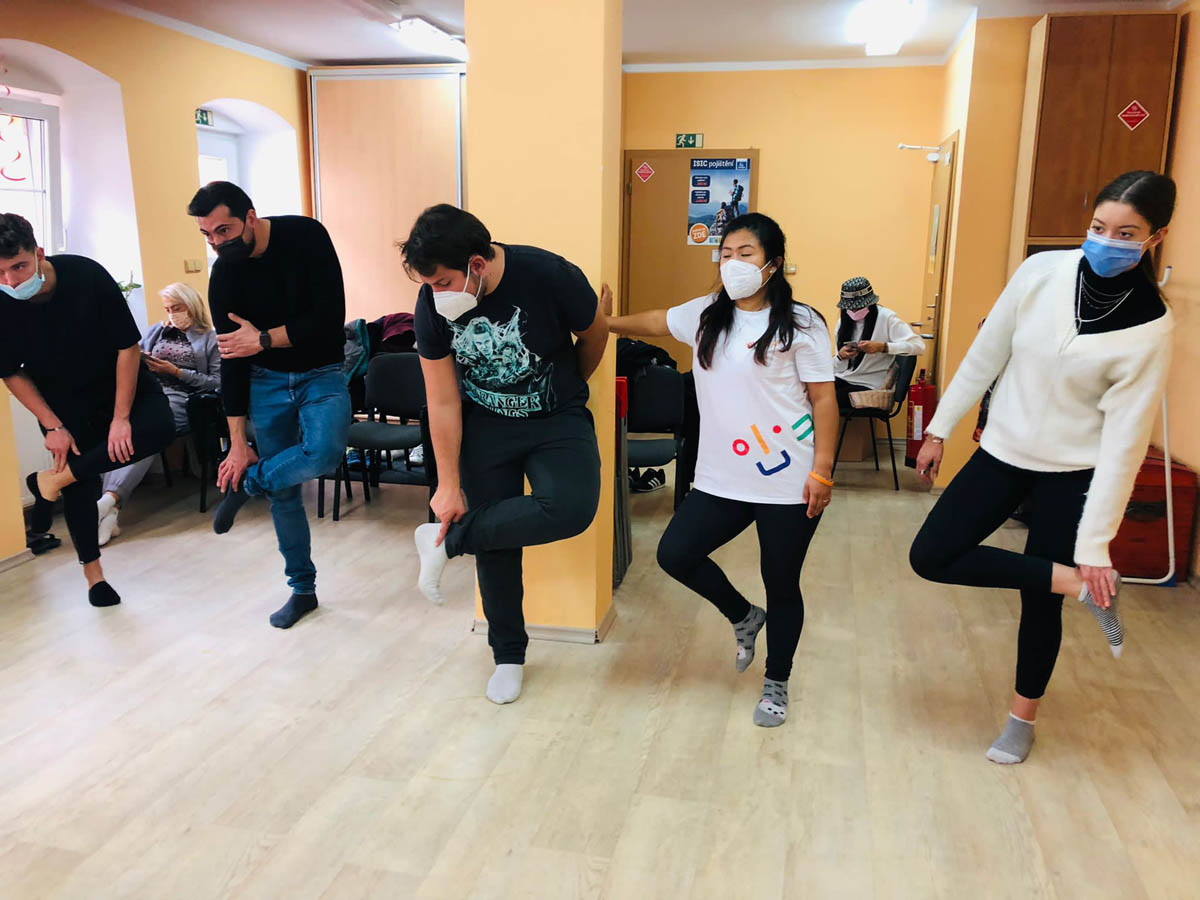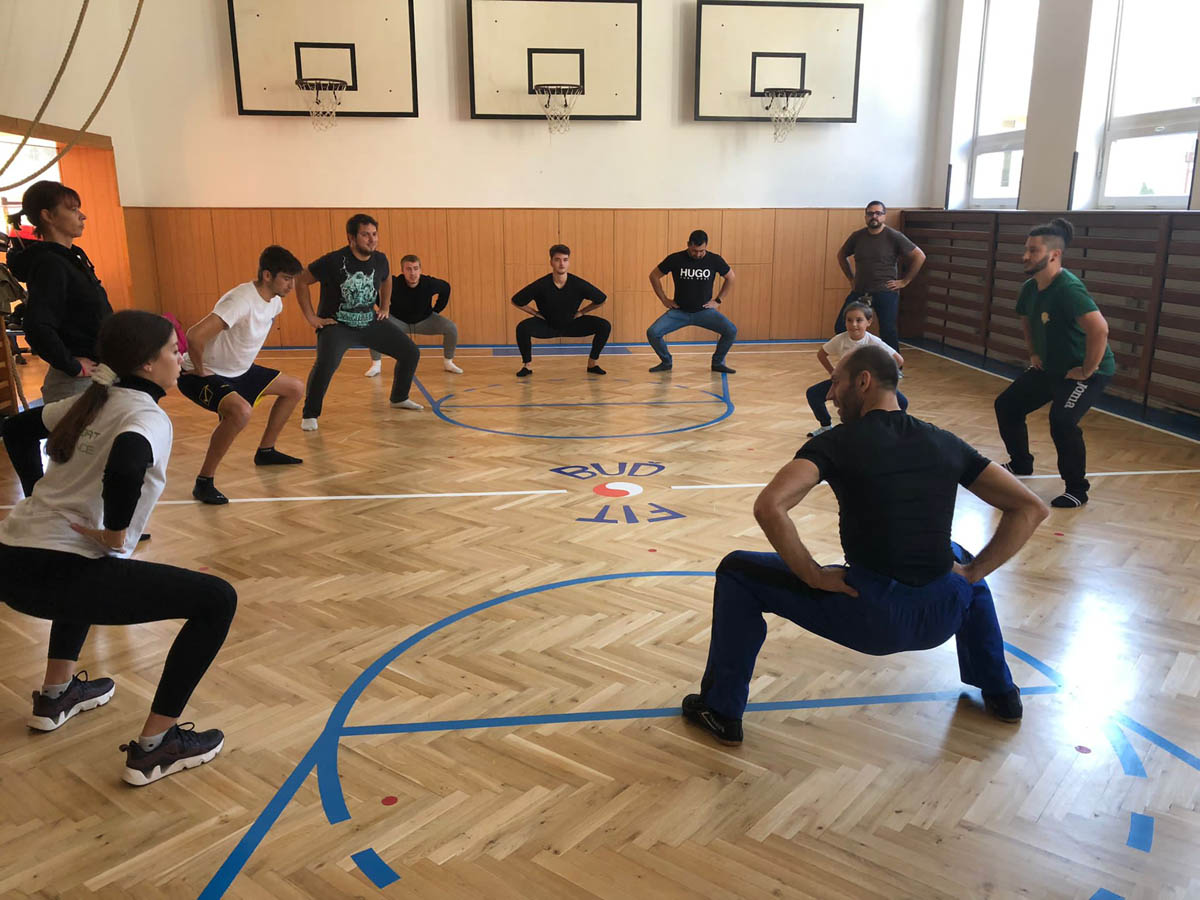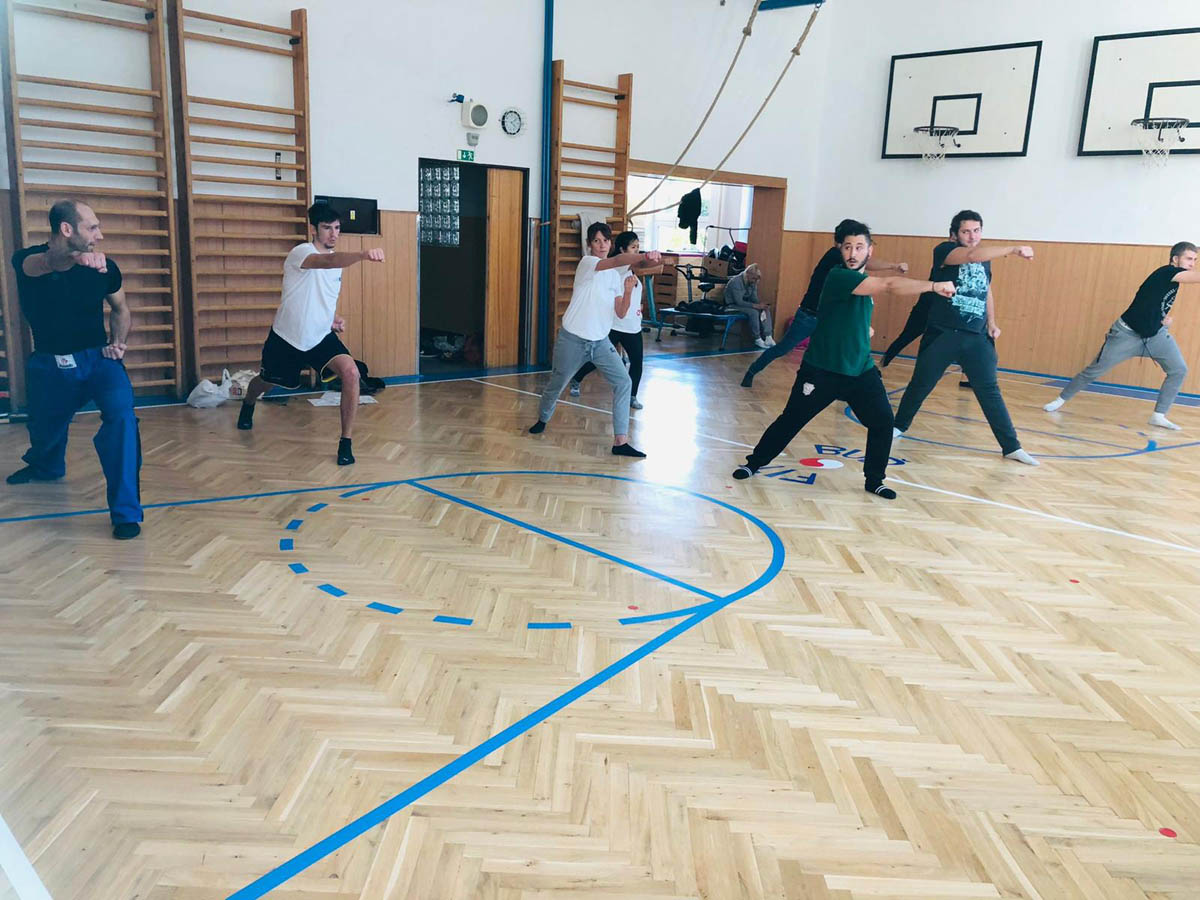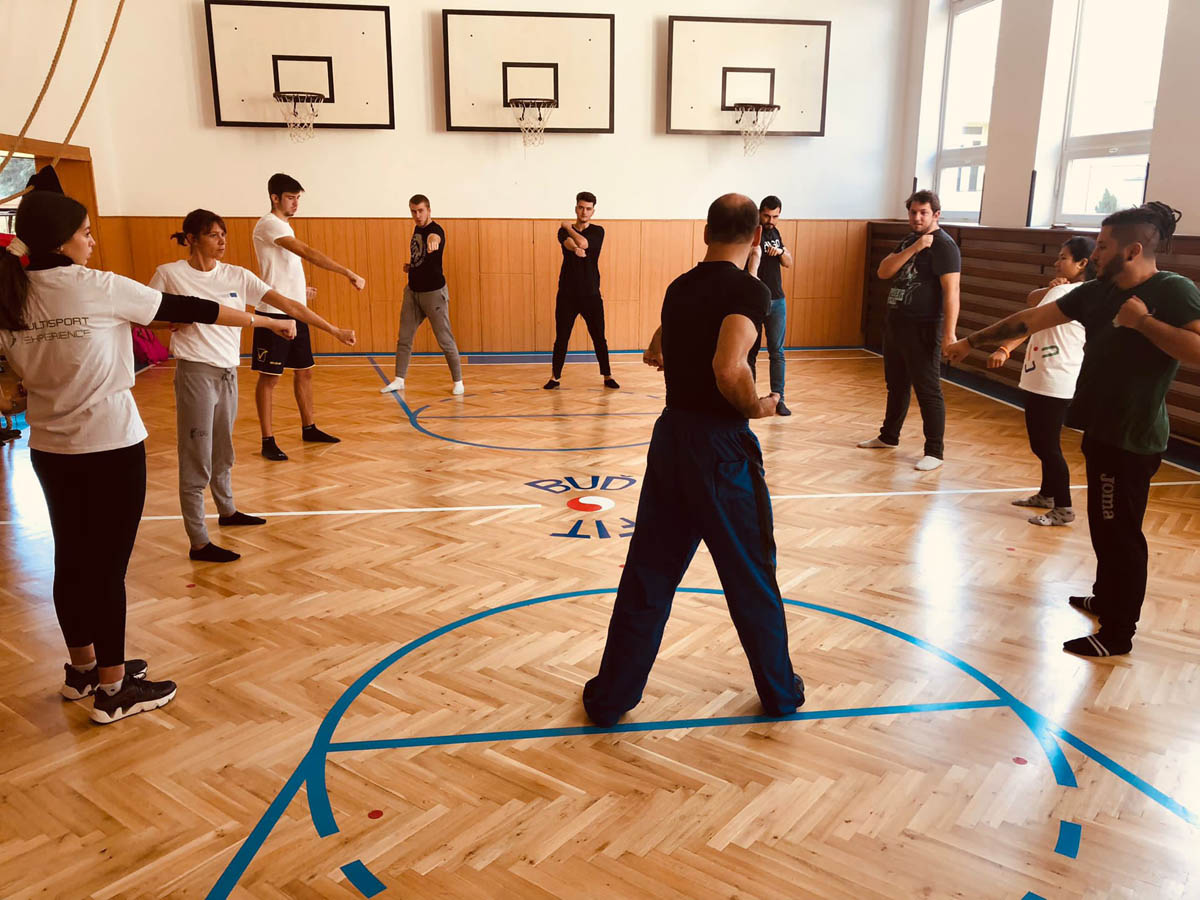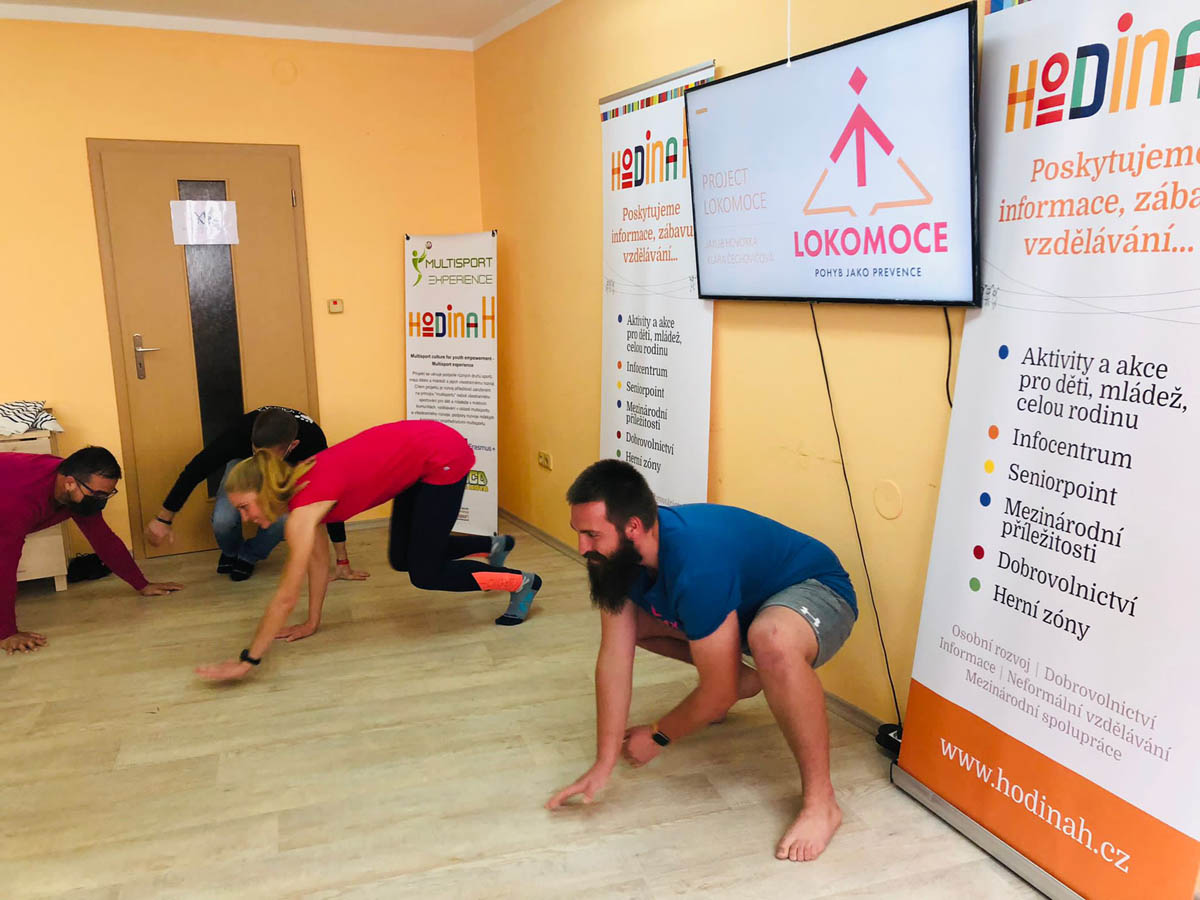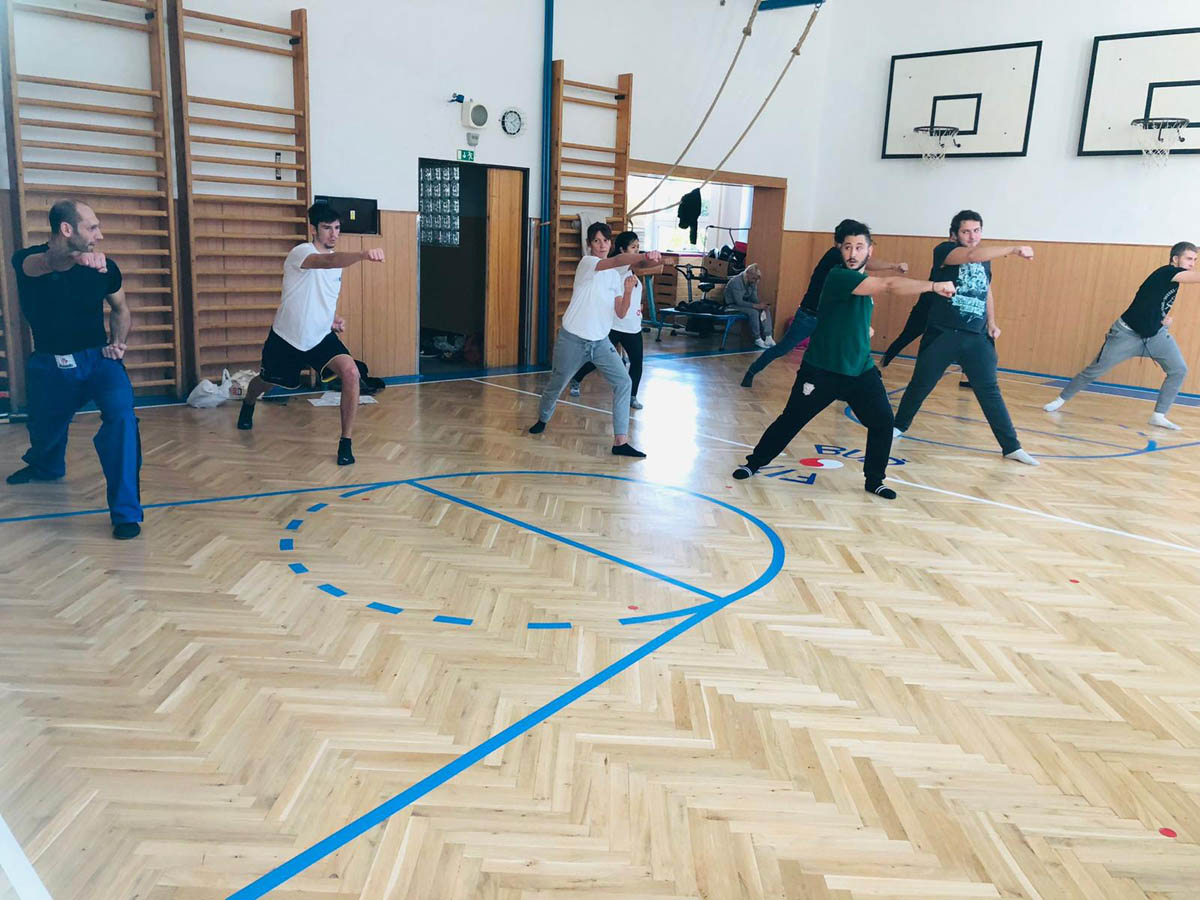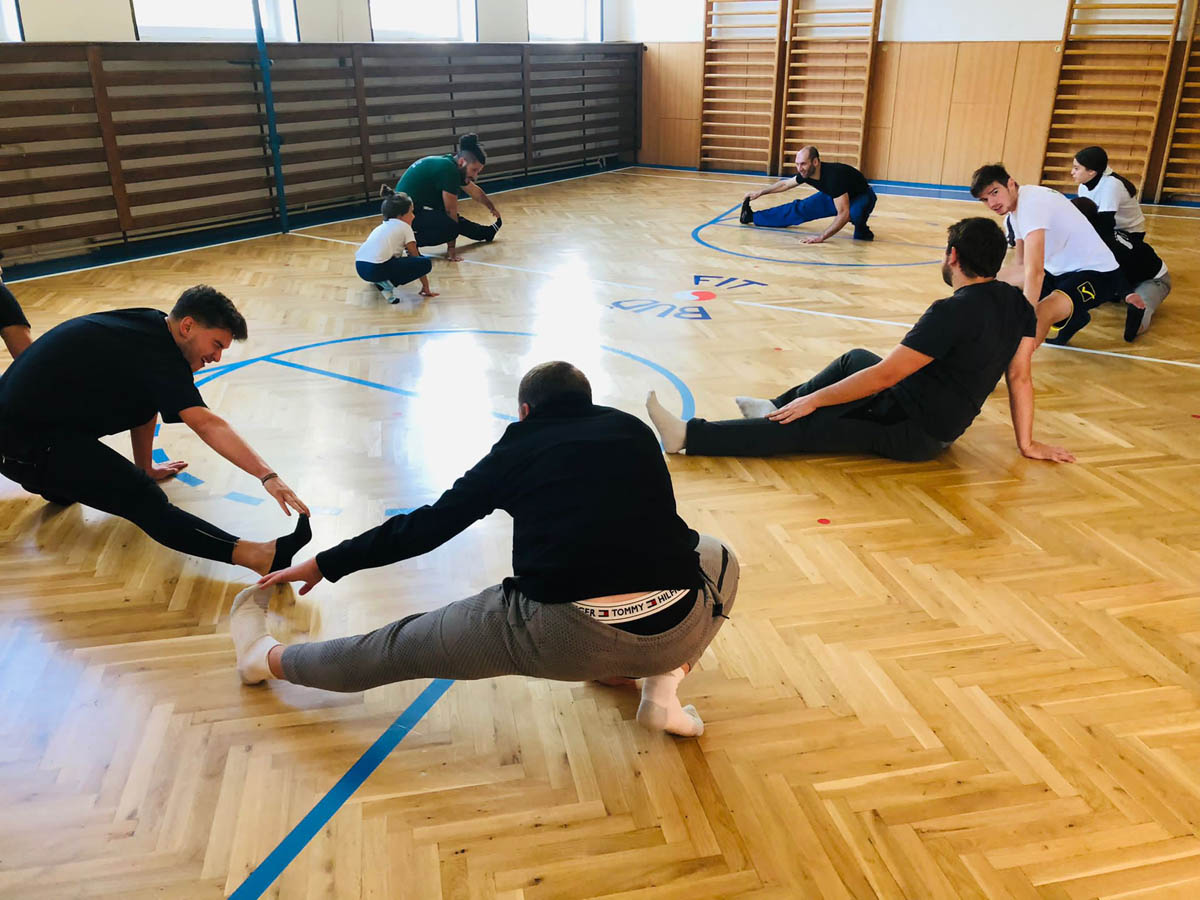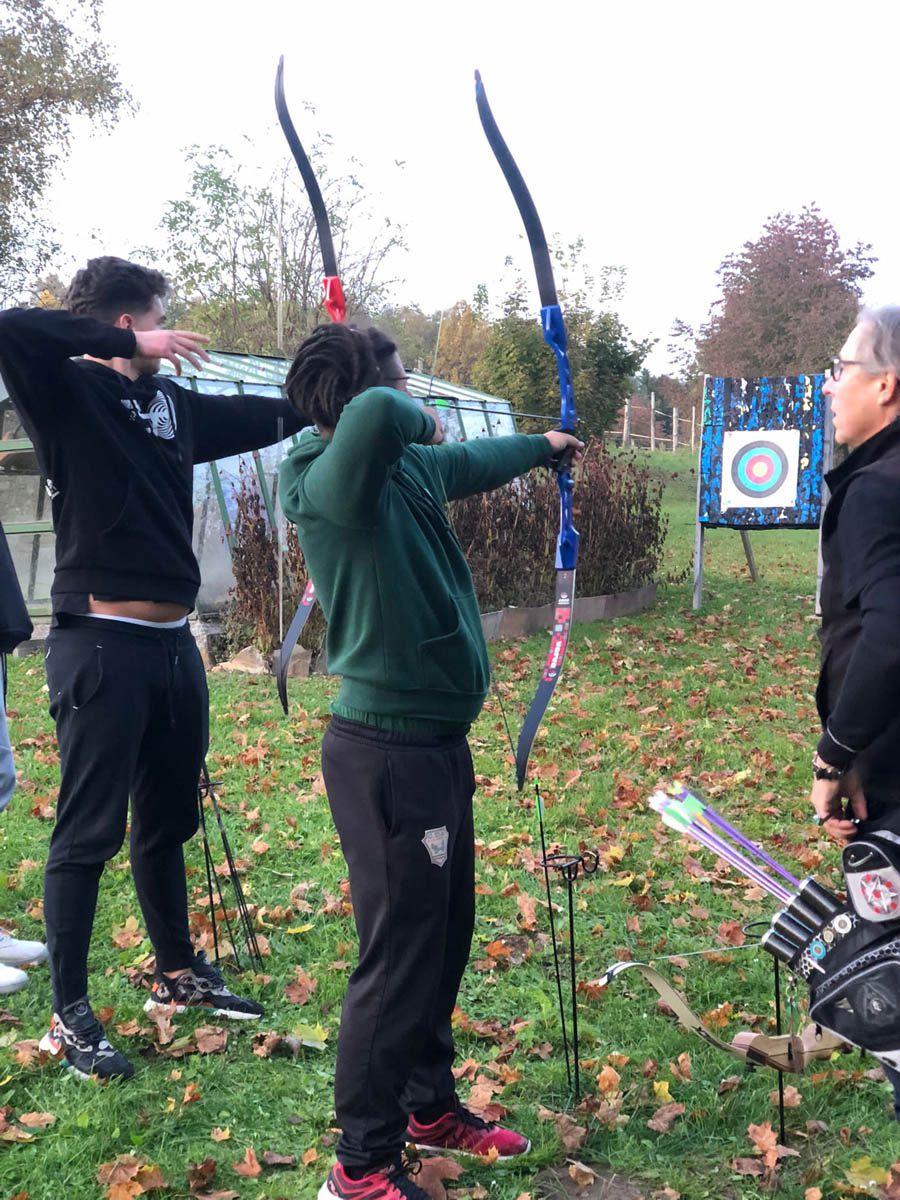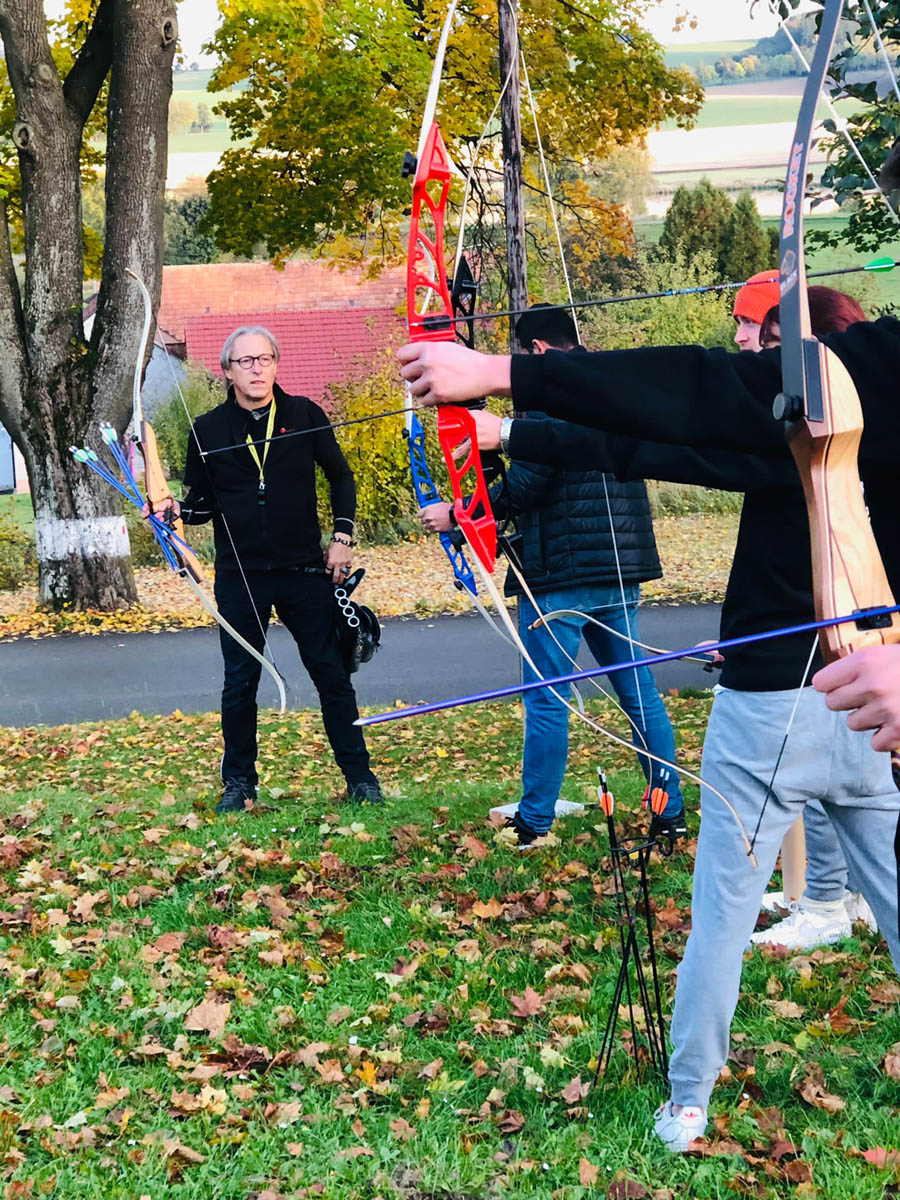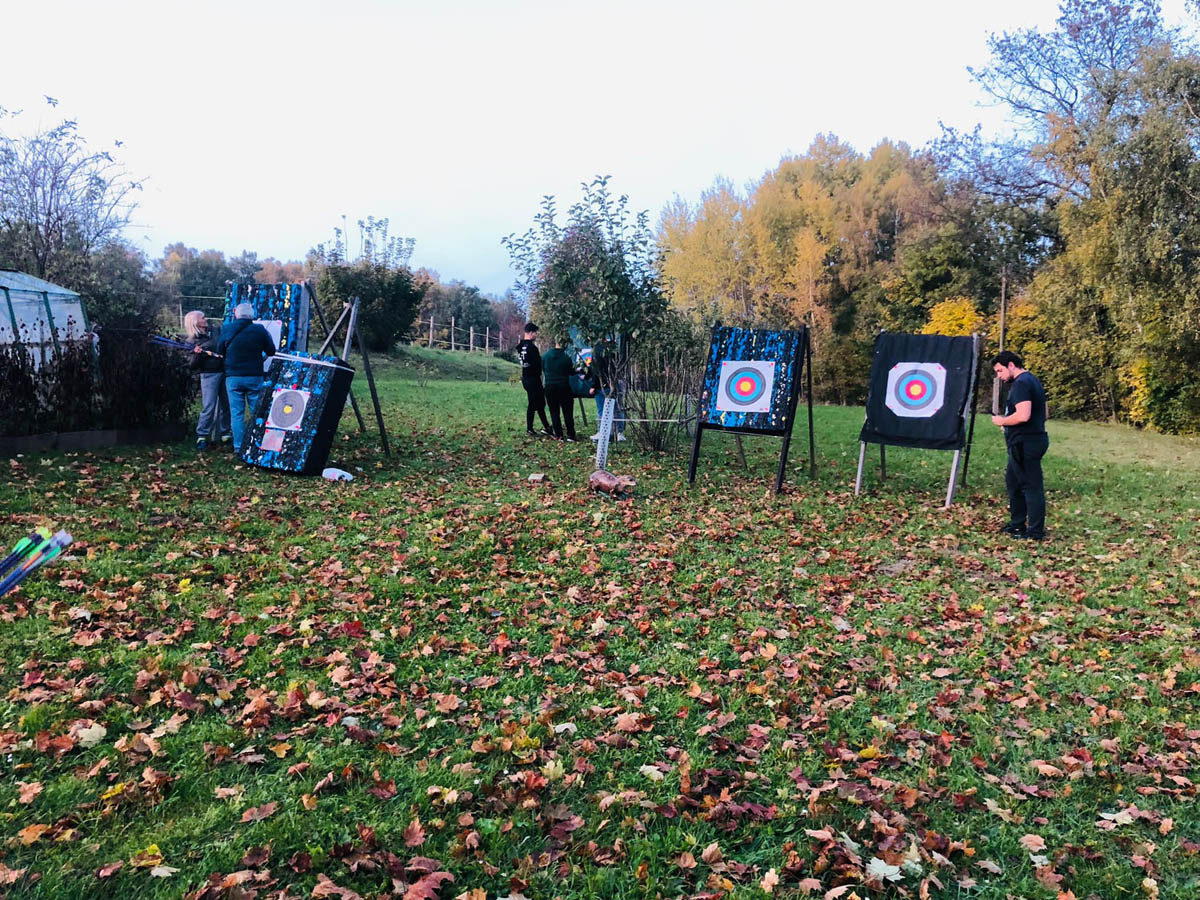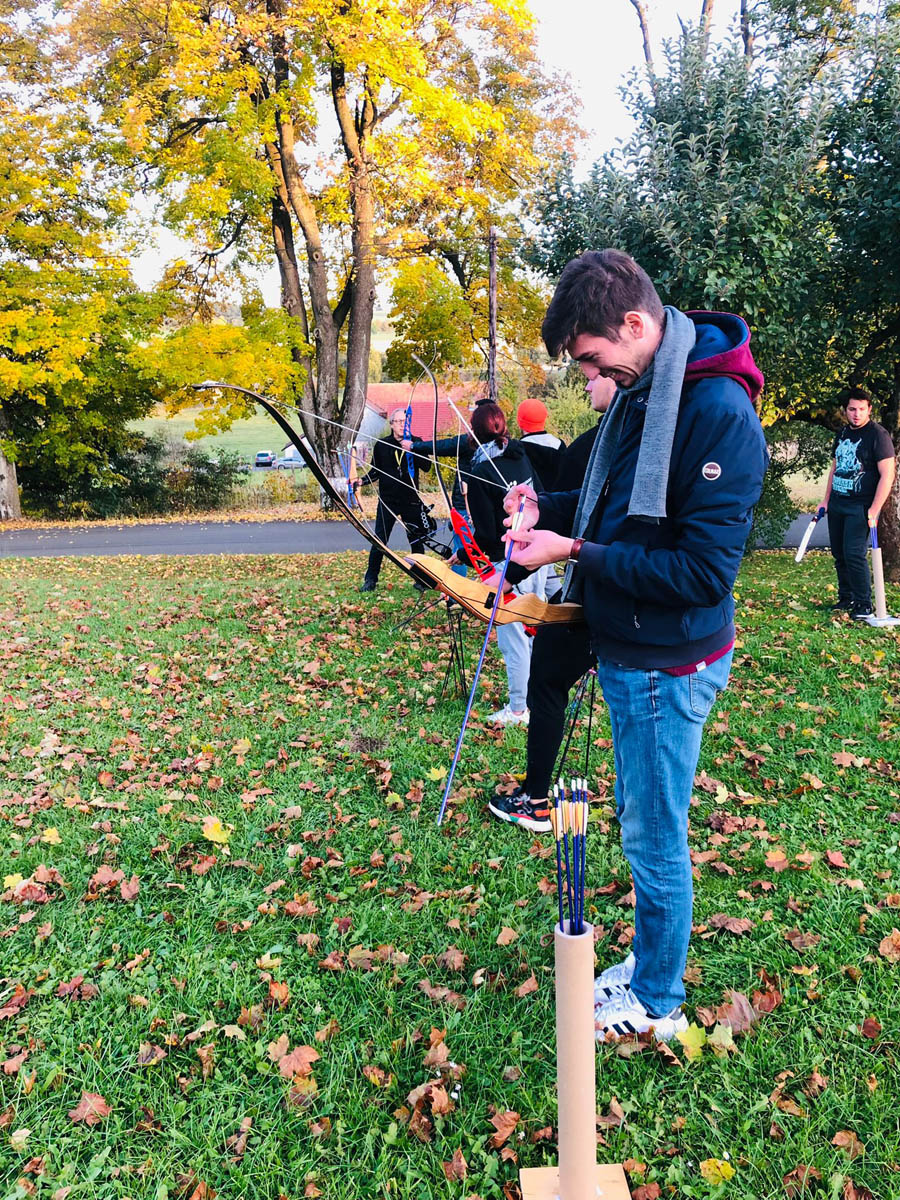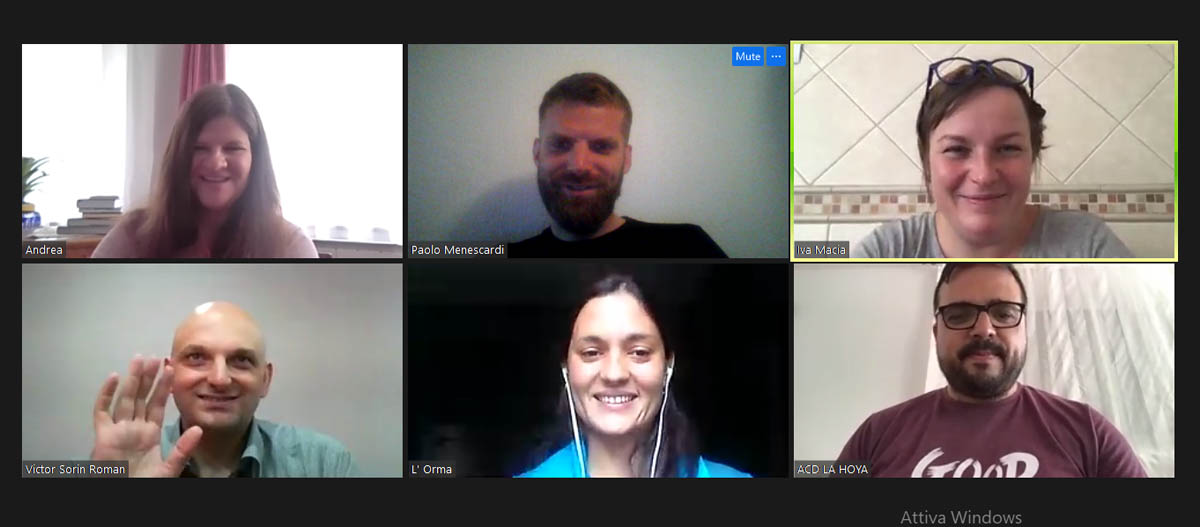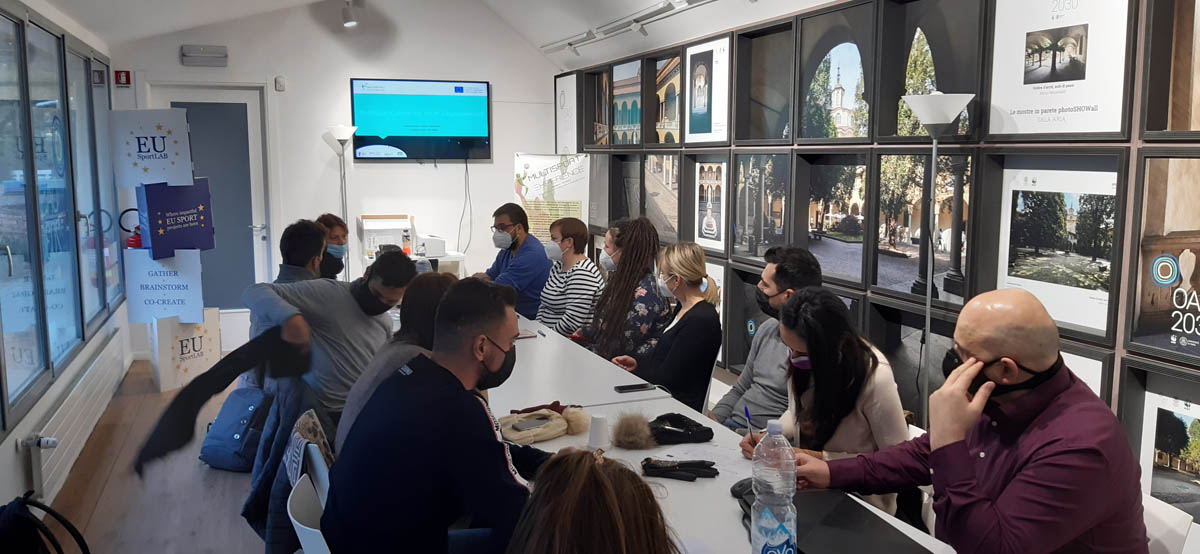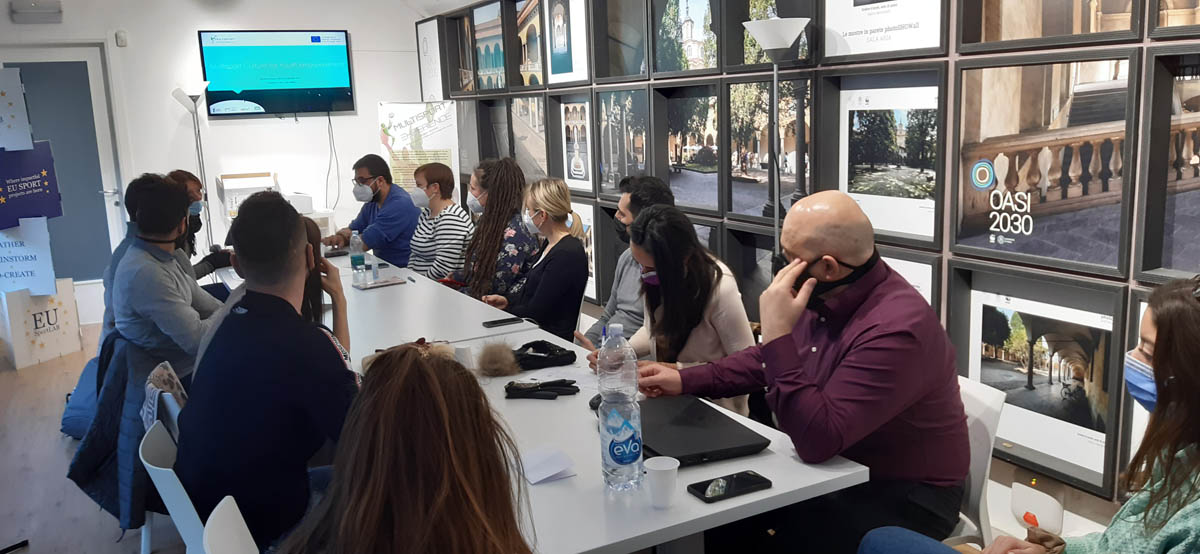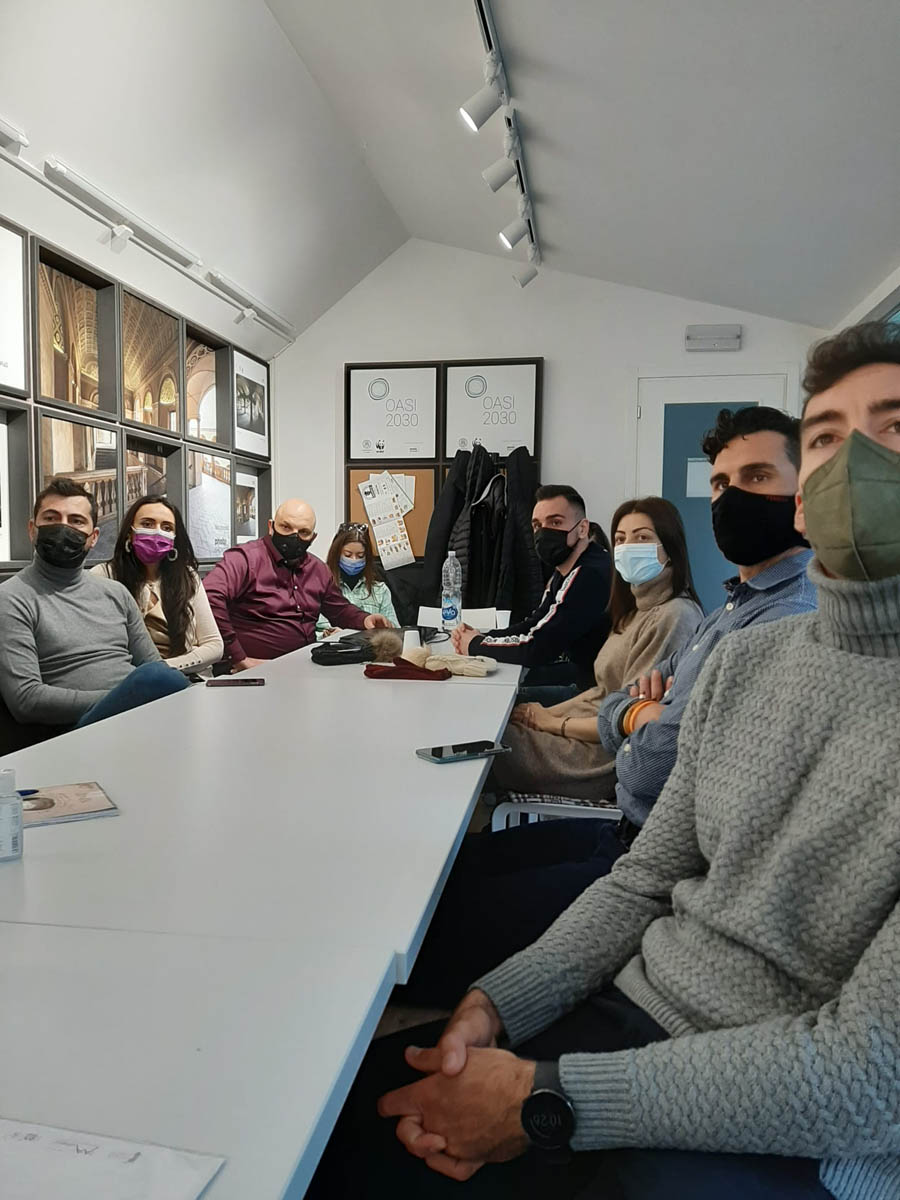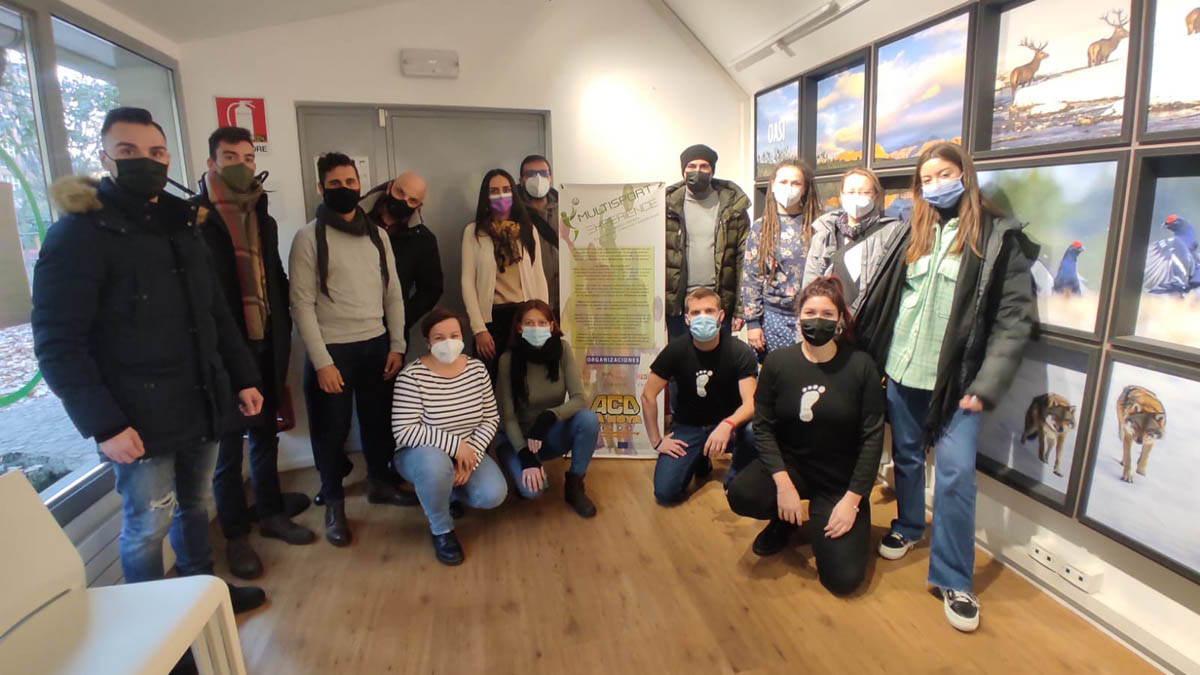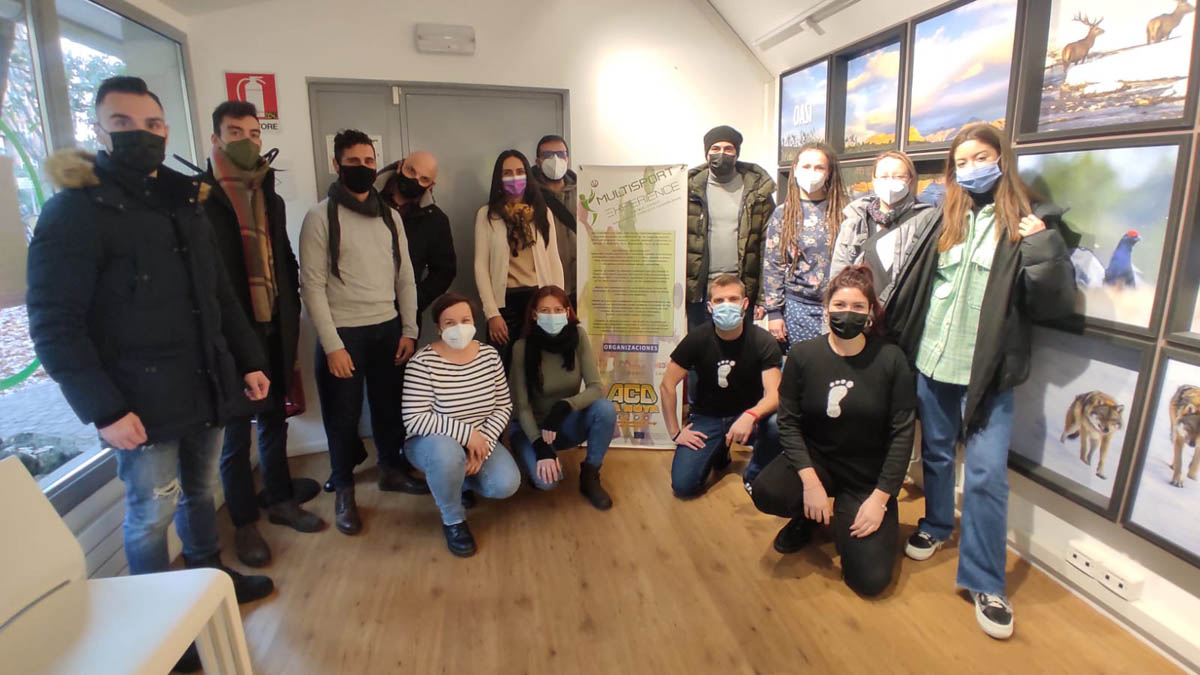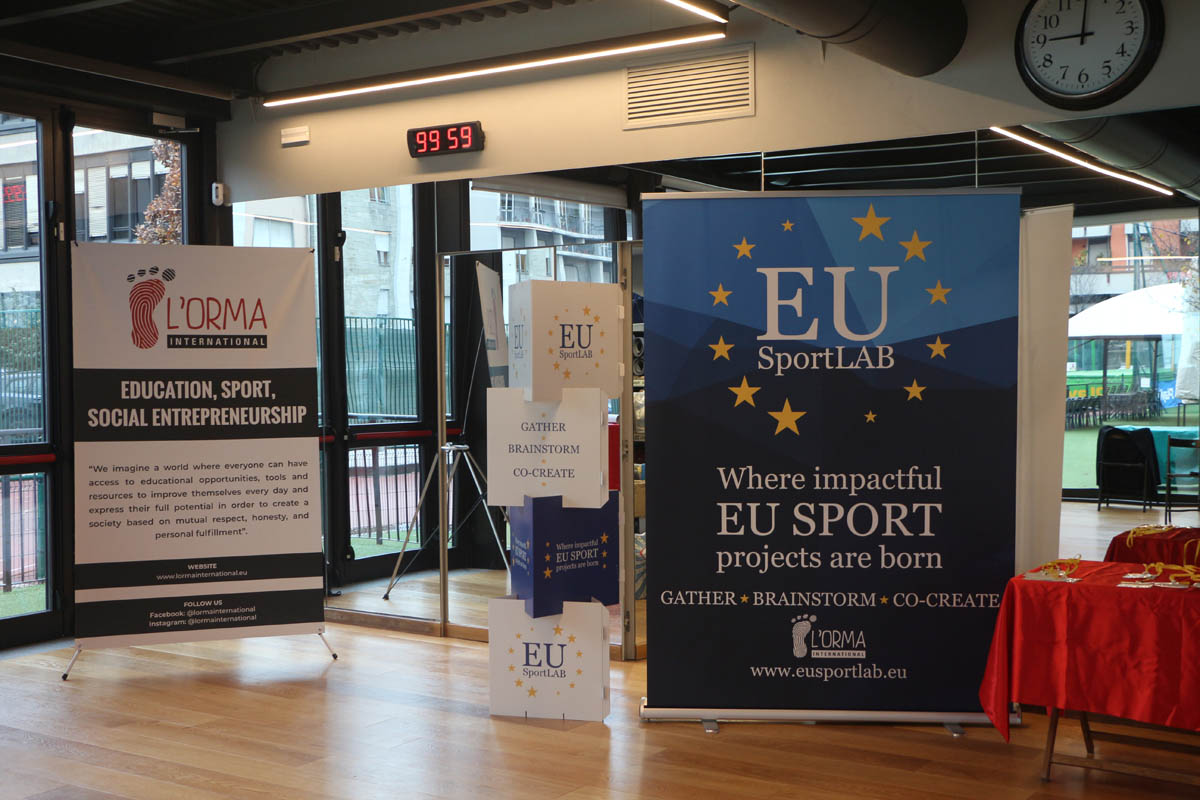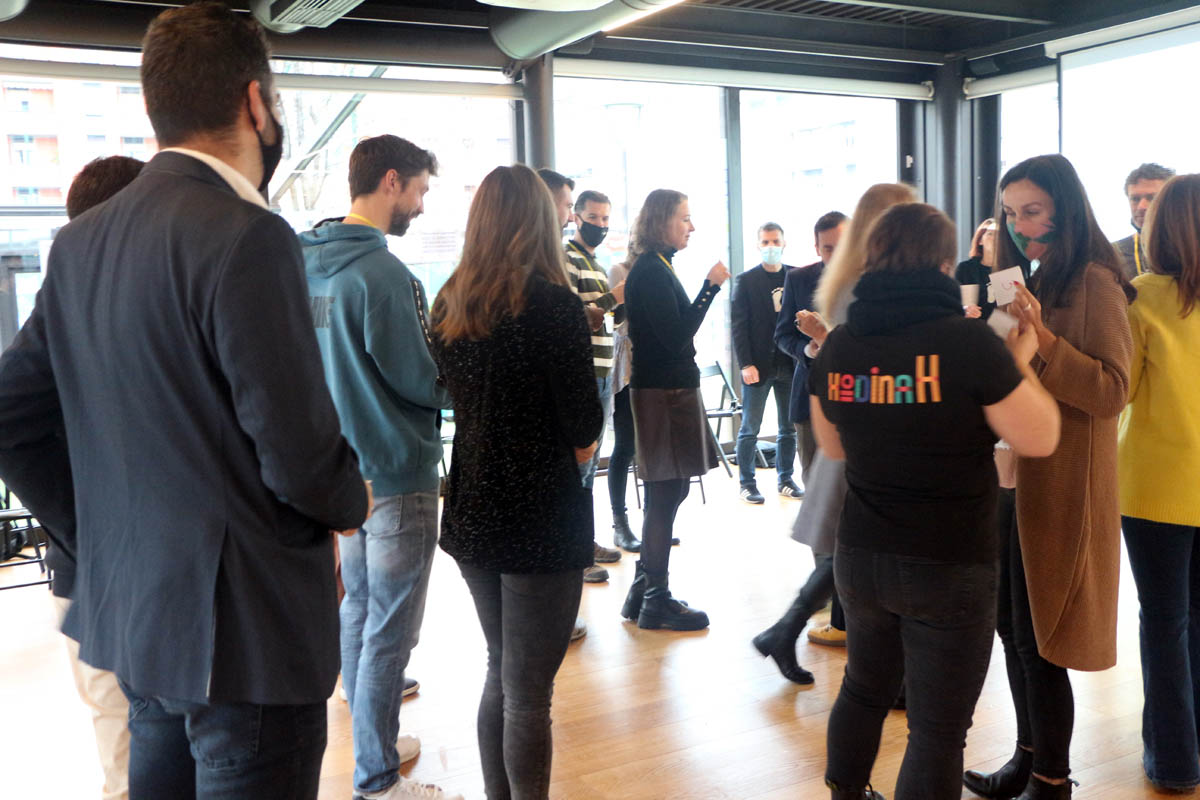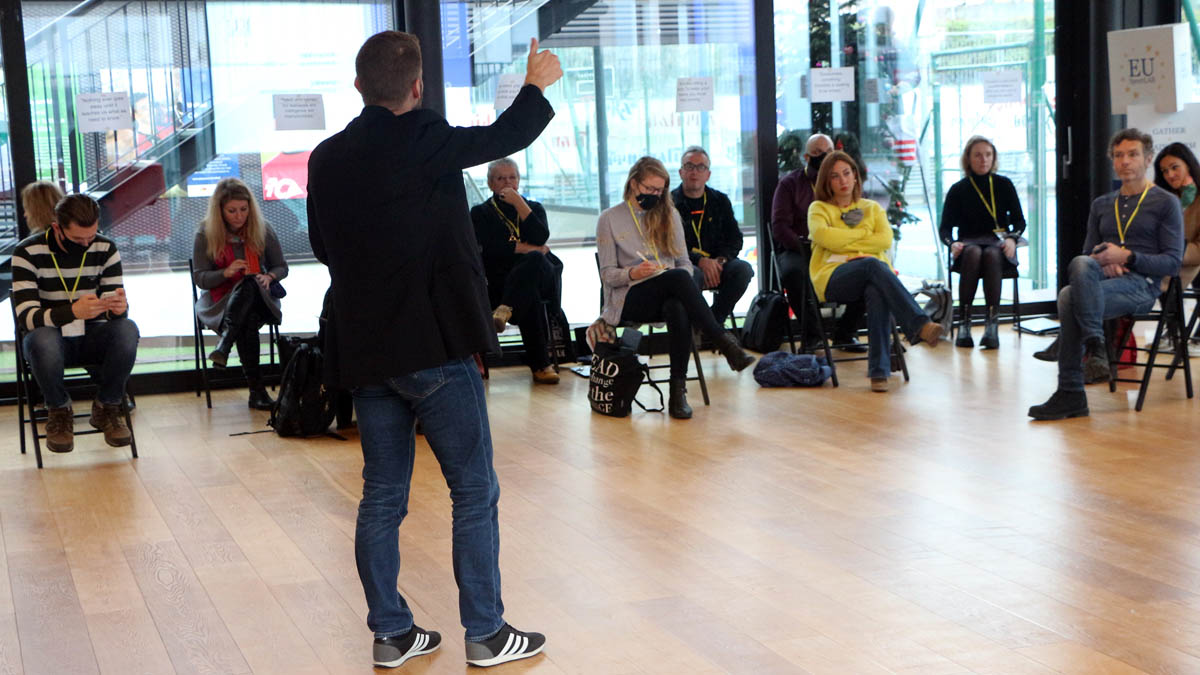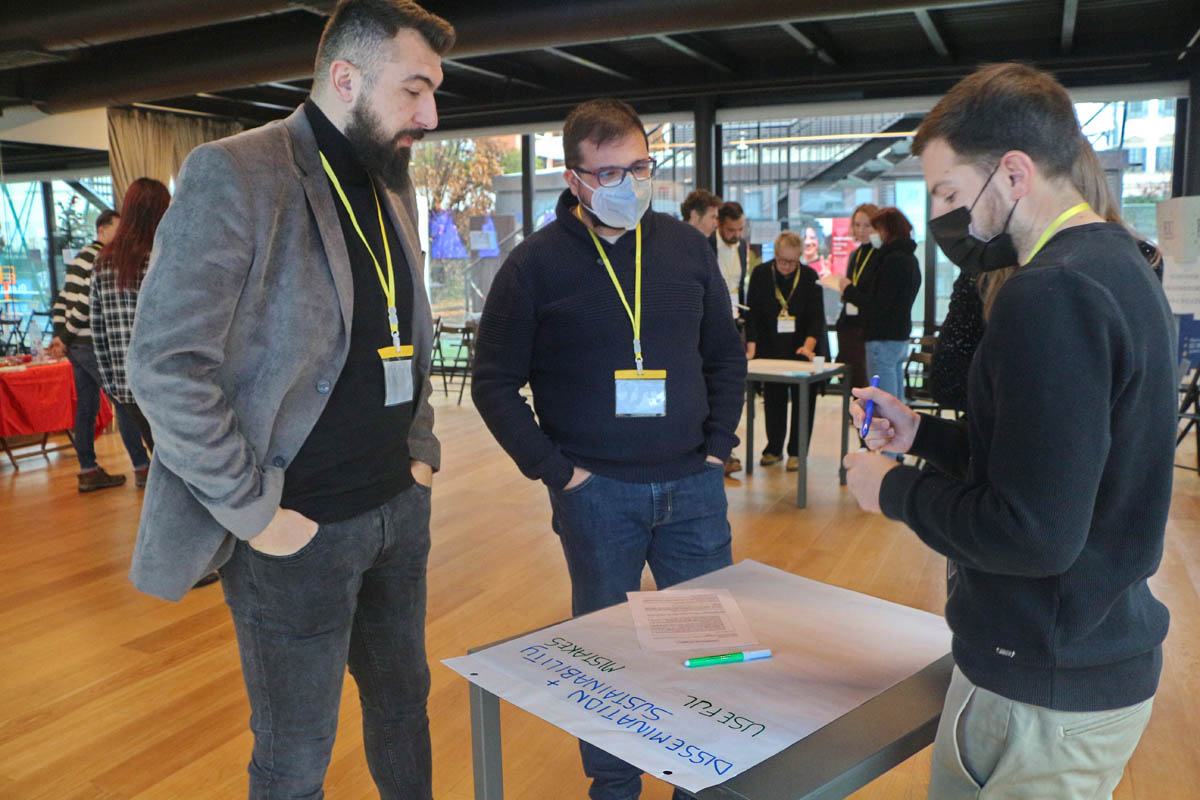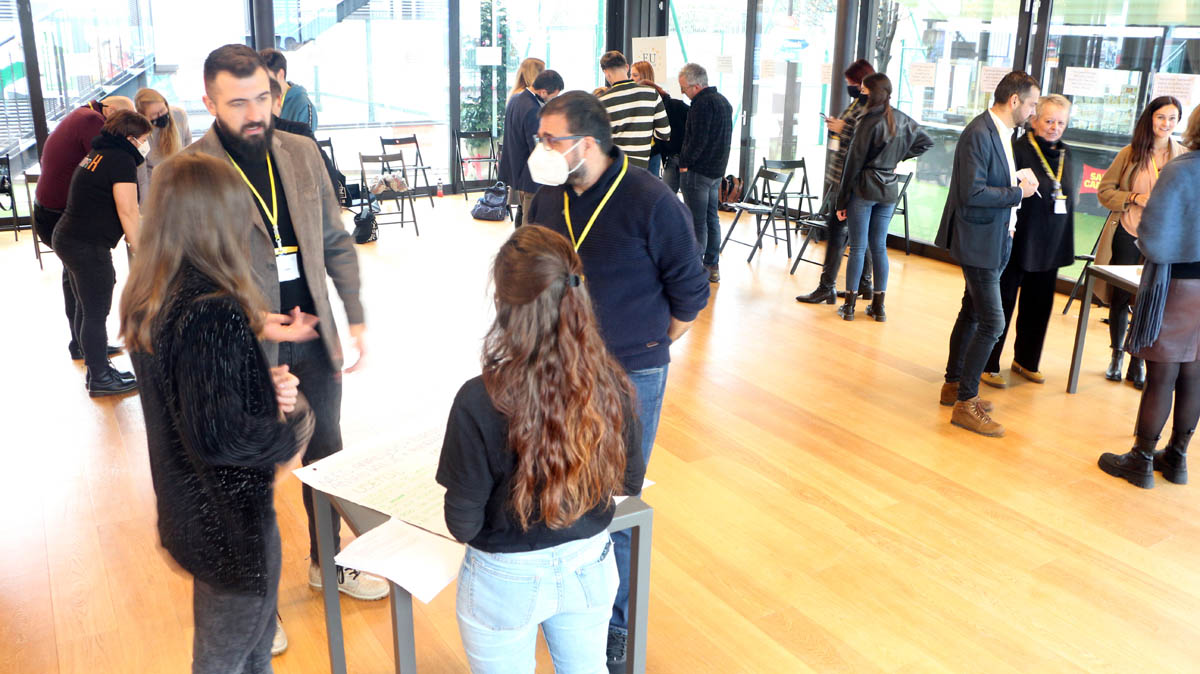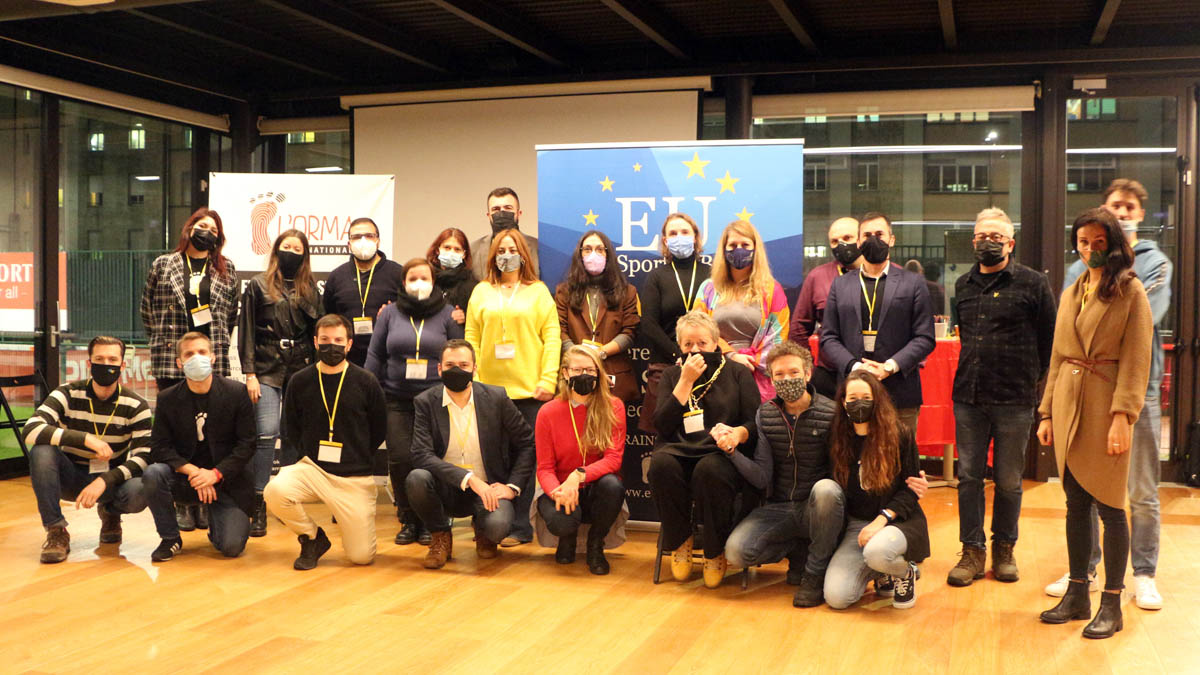Why this project?
The starting point of this project is based on the motivation to tackle different connected problems: the early sport specialization focused on technical skills, the restricted choices & conditioning pre-orientation of children towards unique sport disciplines, the early selectivity of young athletes & progressive dropout from sports practice, the limited awareness towards the multisport benefits by parents, their practical difficulties to face alone the challenges of a multisport proposal (in scattered clubs), the resistance from sports clubs and federations to accept a collaborative approach among them, the marginalization of minor sports, the consequence of all this on the low level of youth physical literacy observed at school and in society.
What this project is about?
The project aims to promote a multisport approach to physical literacy by designing a model of practices that unifies the richness of territorial sports offer and the educational concerns for balanced growth & empowerment of youth based on improved soft skills.
This is a 1st small experimental step towards a new territorial model of Sports Welfare (contributing to a public health mission), based on the collaborative involvement of local socio-economical resources and on their rationalized and harmonized integration.
The multisport culture should facilitate a reverse perspective: from young people at the service of sport (as disciplines), to sport (as experiences) at the service of young people, putting at the center their needs and desires in terms of wellbeing & personal fulfillment.
Which is the aim of the project?
The project aims to promote a multisport approach to youth physical literacy, based on the promotion of a precise cultural matrix articulated around 3 key concepts:
- Physical Literacy: to develop the ability and motivation of the children to capitalize on their movement potential, not only to move efficiently, but also move creatively, competently, with enthusiasm and with emotional and social intelligence.
- Long Term Athlete Development: to use a developmentally appropriate approach towards children aged 6-12 by focusing on the first three stages of this model because specifically dedicated to encourage physical literacy and sport for all:
- “Active start”
- “FUNdamentals”
- “Learn to train”
- Sport for life: to conceive quality sport towards children as sport delivered with a focus on the optimal holistic development of each individual to make a significant contribution to their quality of life.
Project objectives
- To develop new concrete opportunities based on multisport approach for children aged between 6 and 12 years old
- To design a MODEL of multisport practices that unifies the richness of territorial sports offer and the educational concerns for balanced growth & empowerment of children based on improved soft skills.
- To enhance the skills of the key operators through sharing experiences and good practices between partners about this specific topic.
- To spread the culture of multisport & multidisciplinarity in sports in the local communities by increasing knowledge and awareness about the benefits of this developmental approach, towards all the stakeholders (parents, instructors, clubs, municipalities).
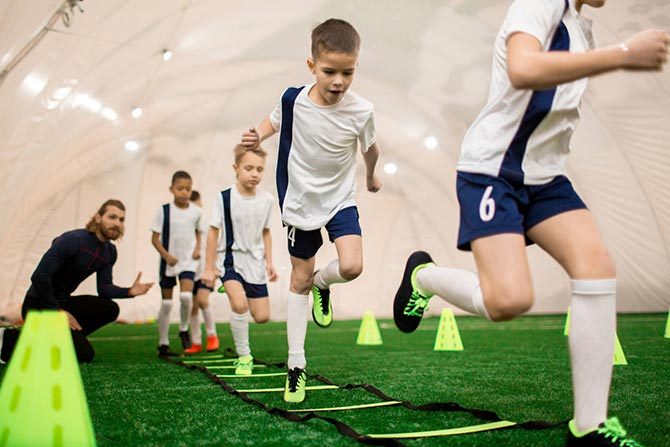
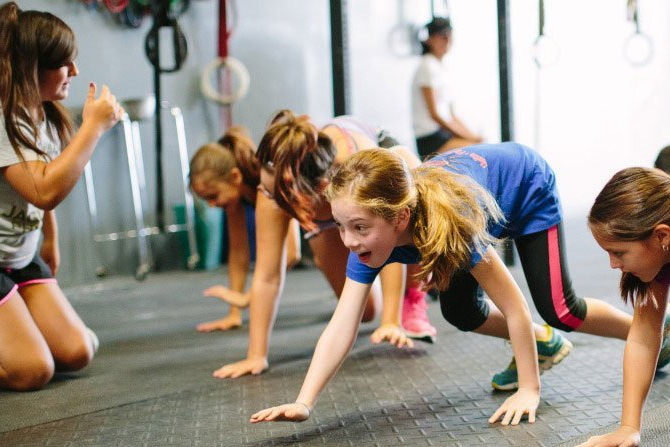
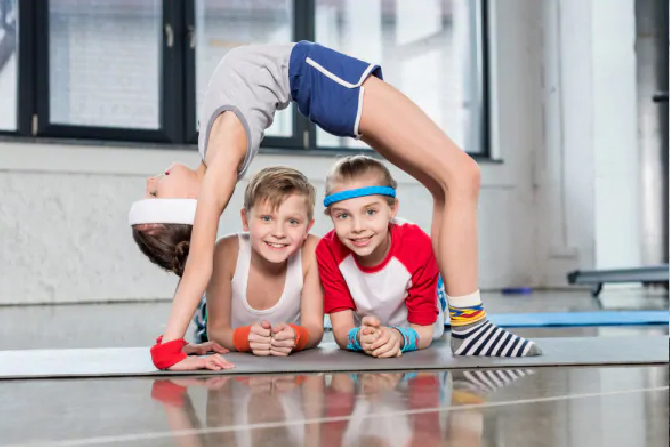
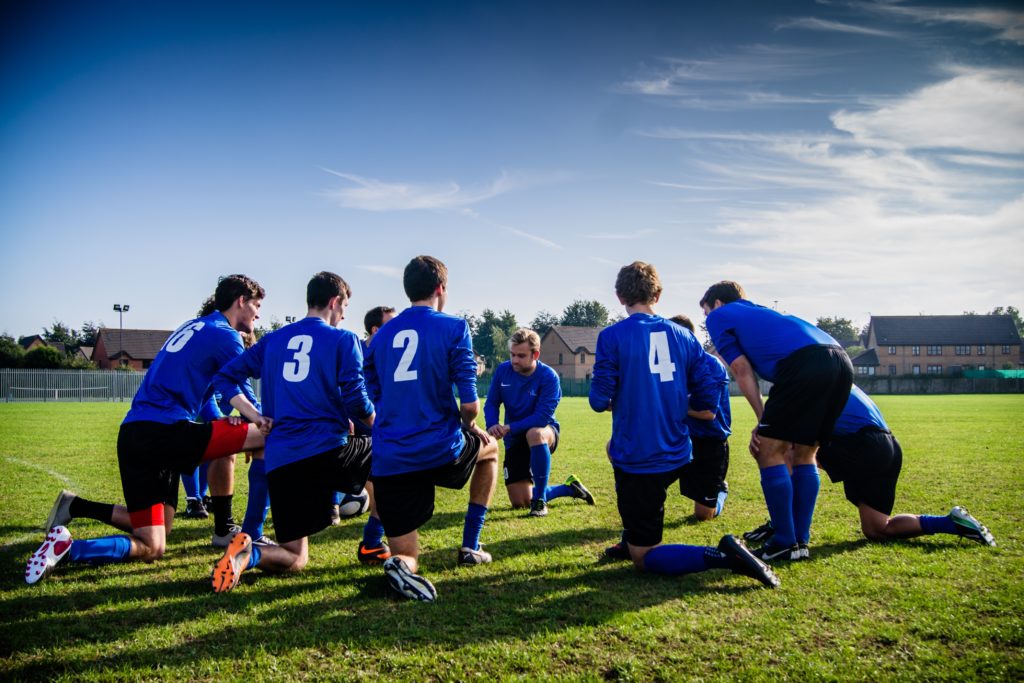
Transnational project meetings
Research of Best Practices
Creation of multisport models
From this analysis, the partners created different “Multisport Models” to be tested in the communities. Not only, the activities at this stage were related to what could be called an operational “glocalization” process, as it is about preparing the “local” conditions for the implementation of a “global” design, making all the needed practical adjustments to the local context starting from an initial standardized proposal.
Testing the models
The local activities
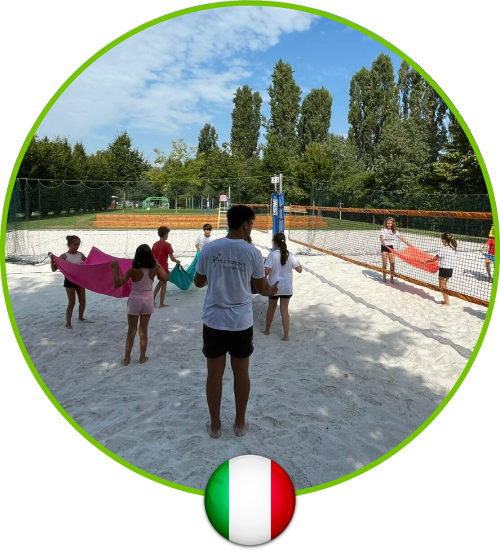
MS Summer Camp
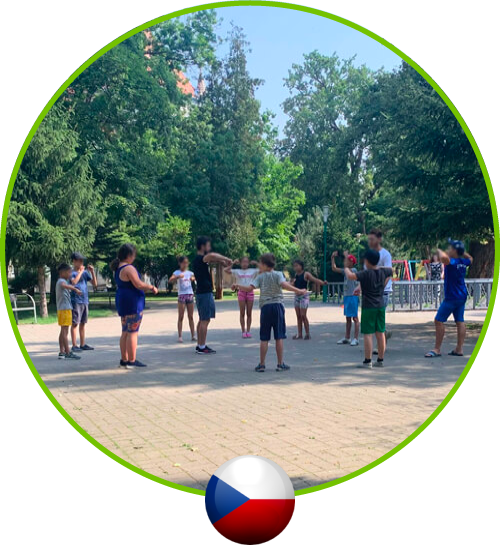
MS Day at School
MSCamp
MS Walks
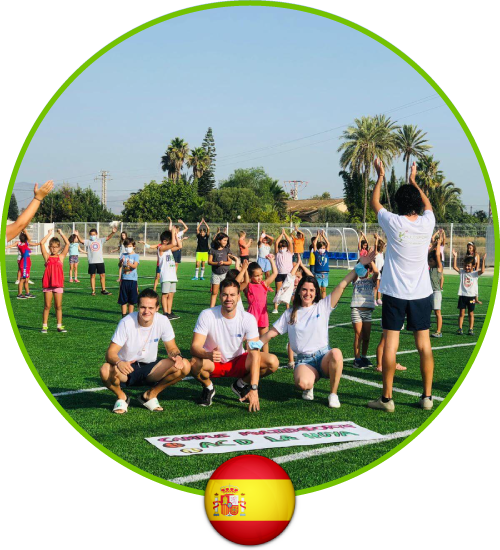
MS Summer Camp
